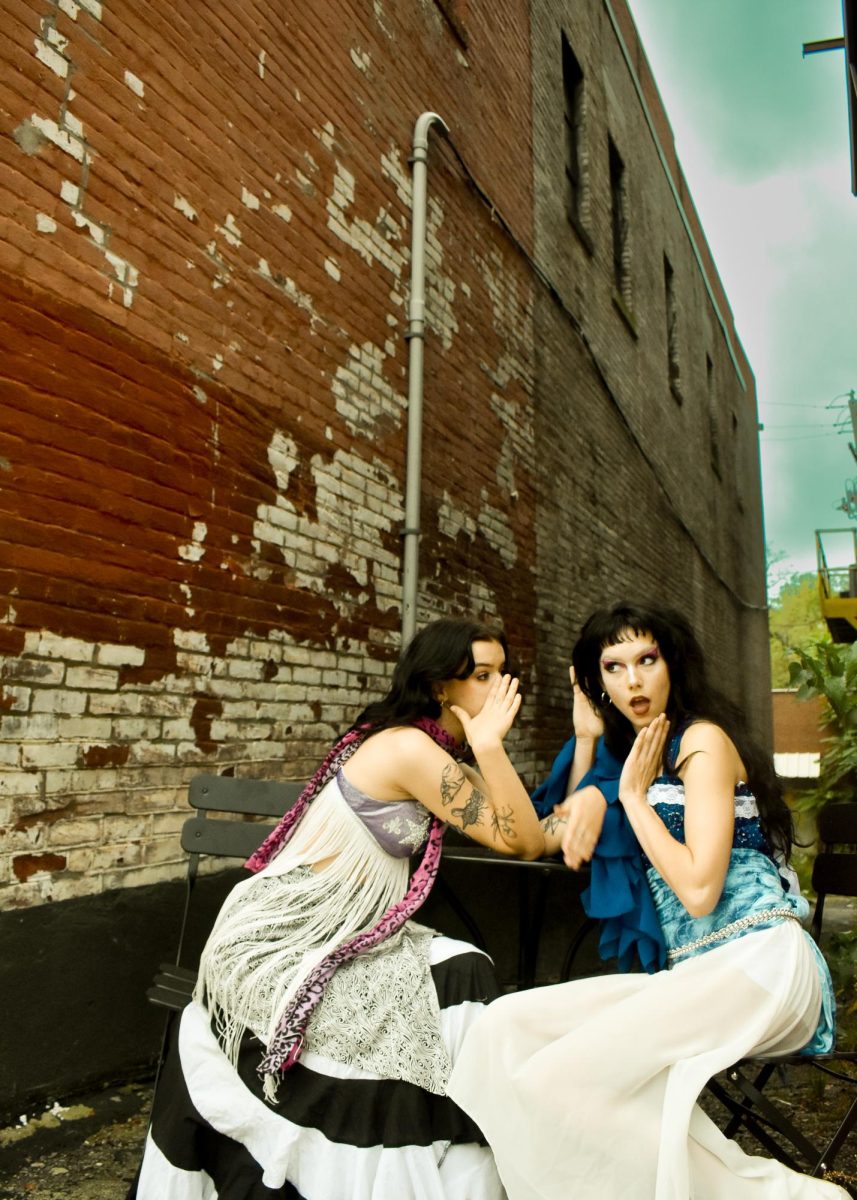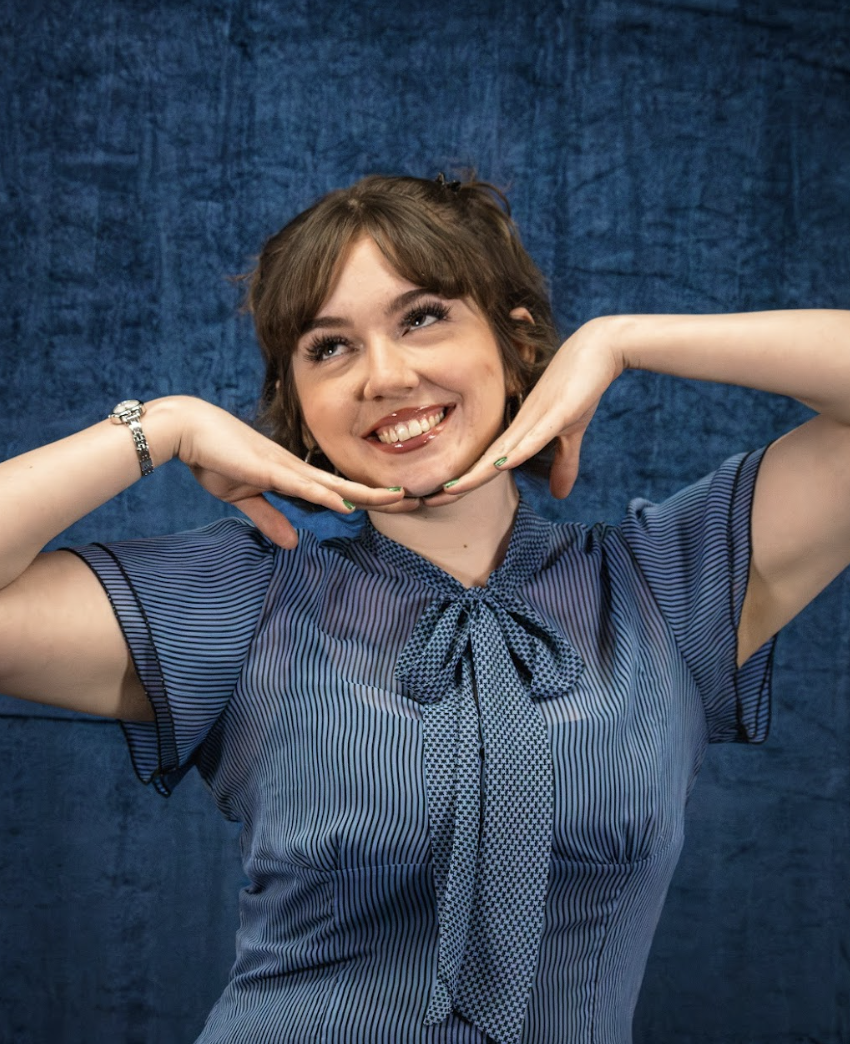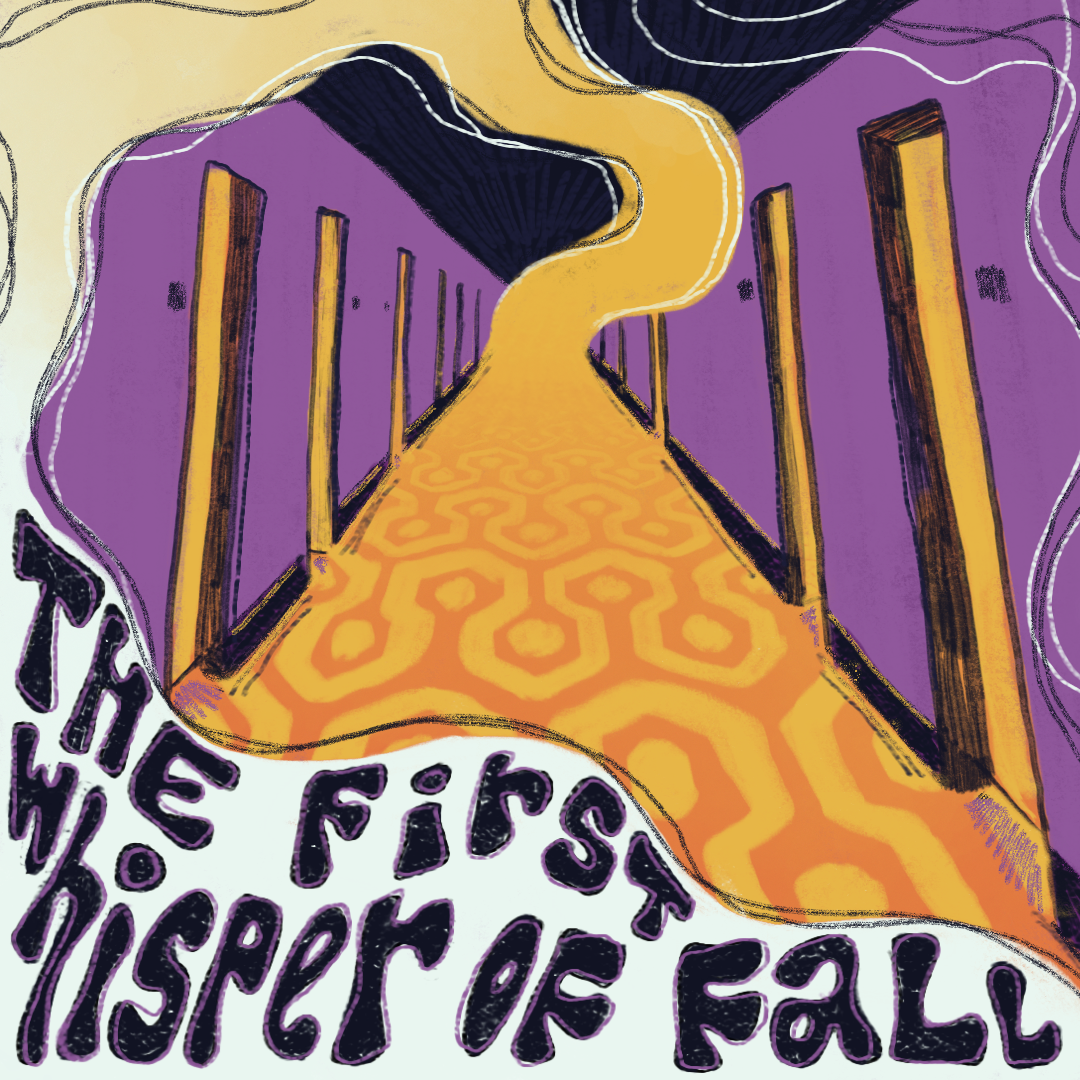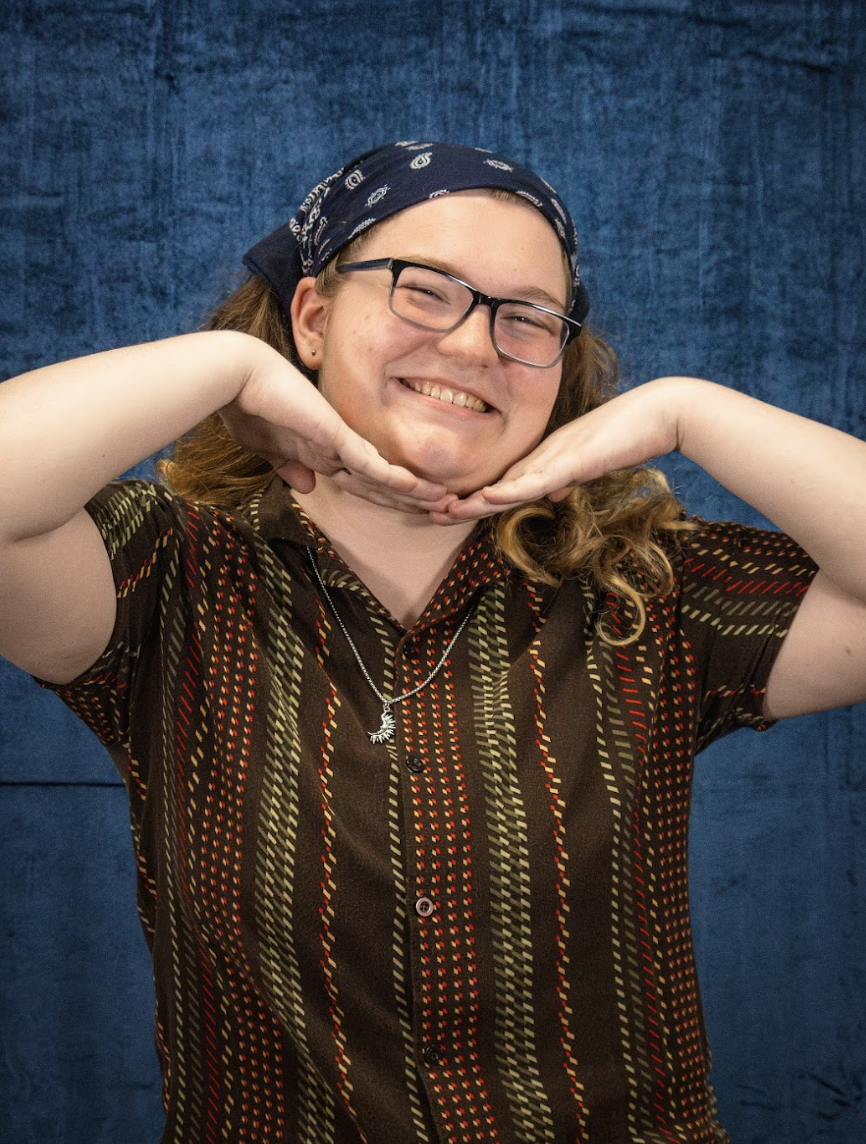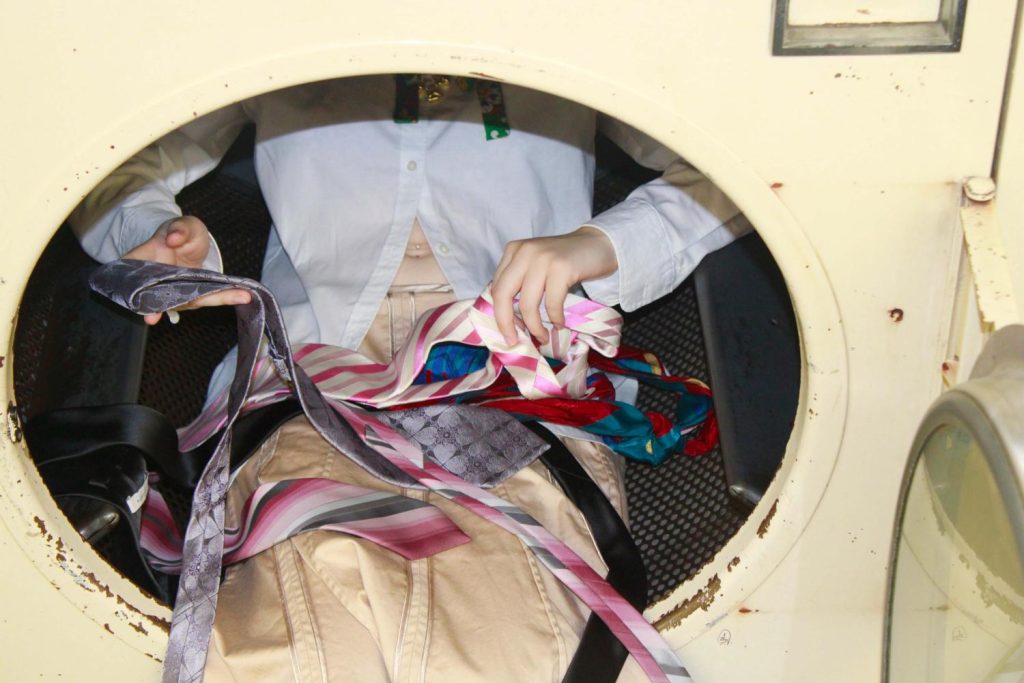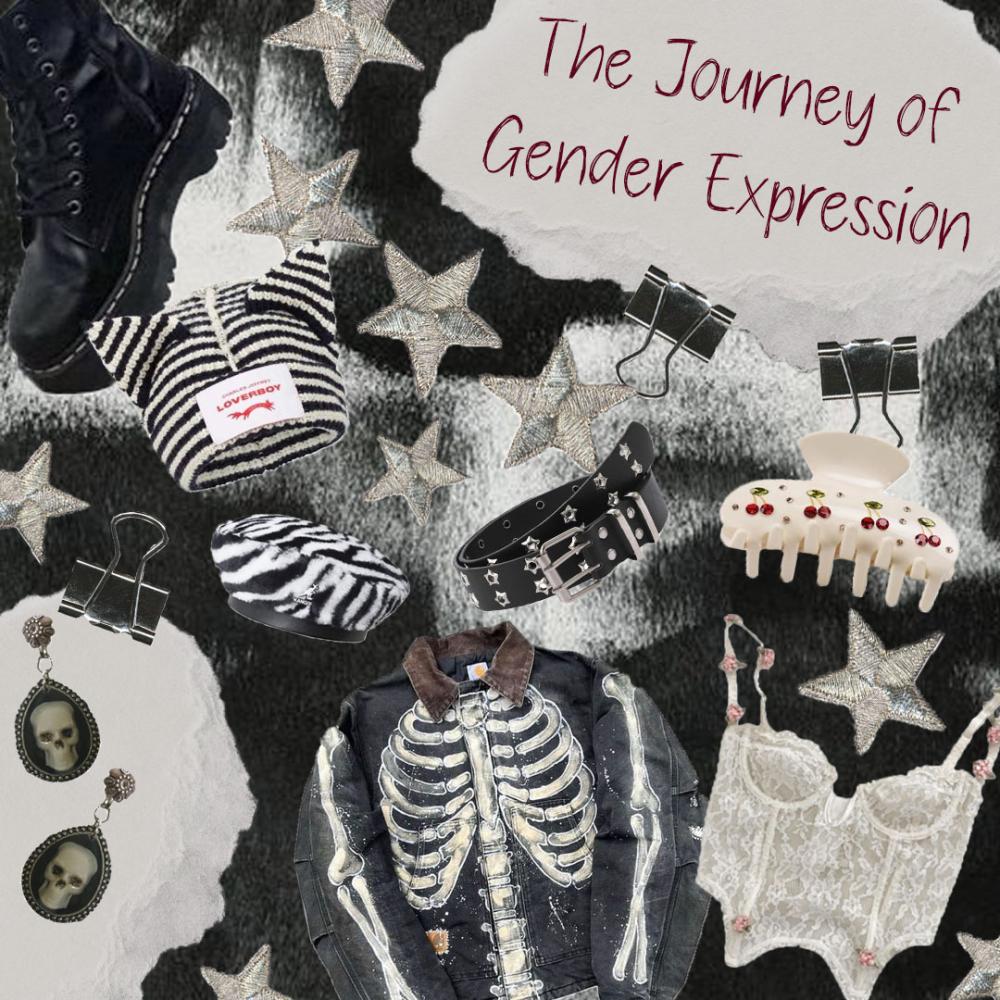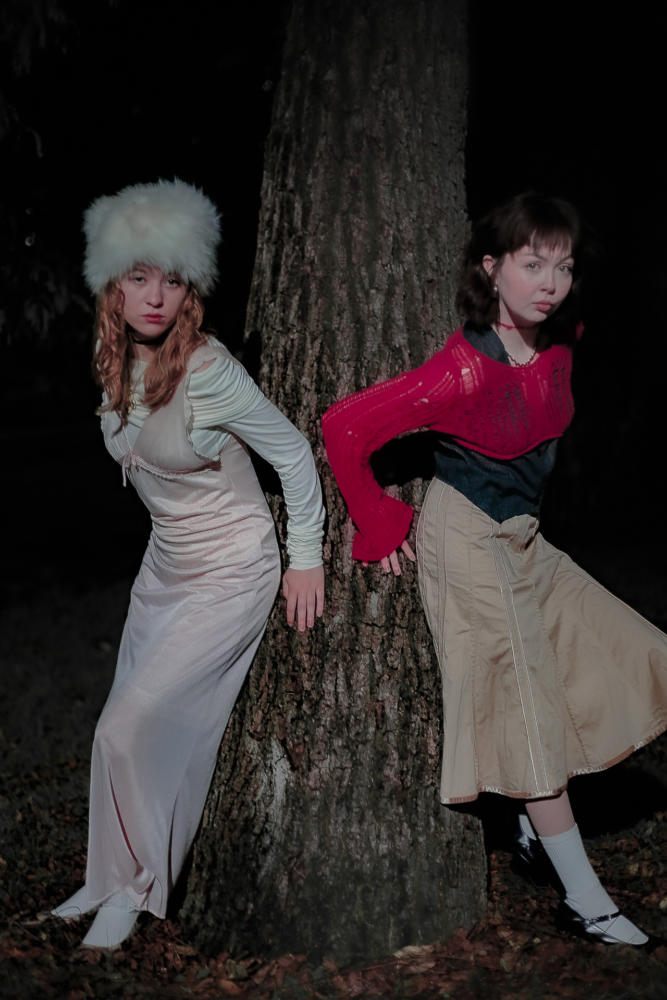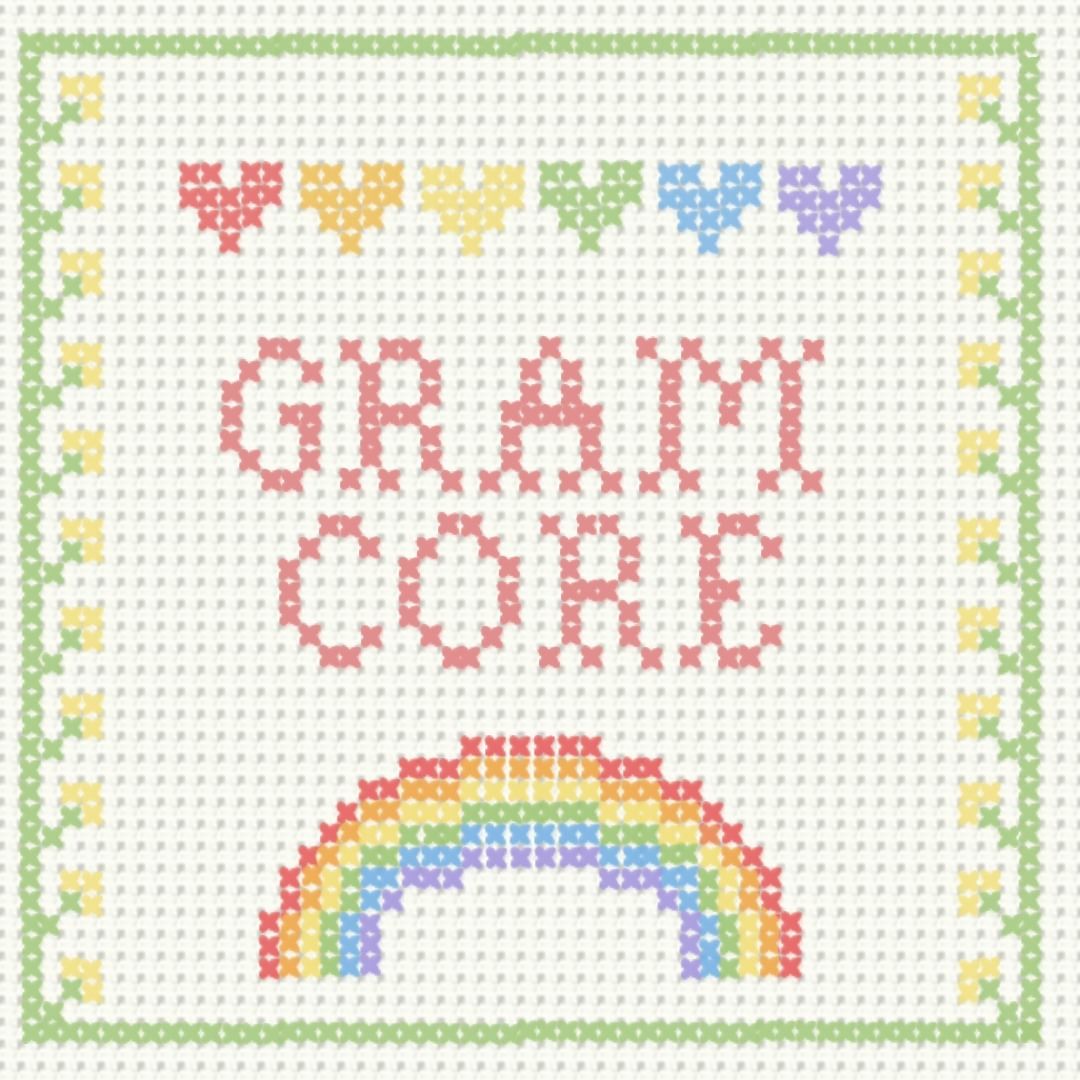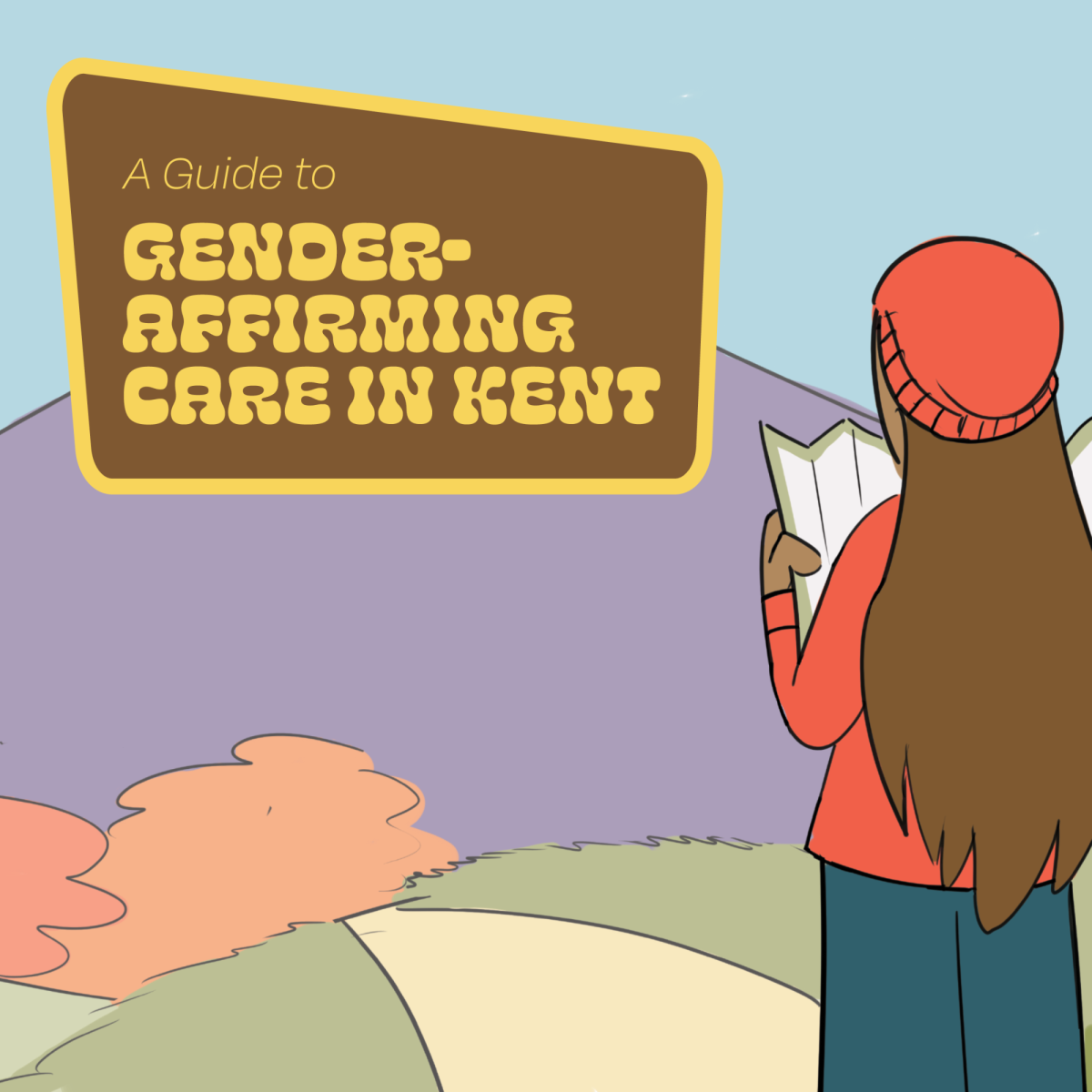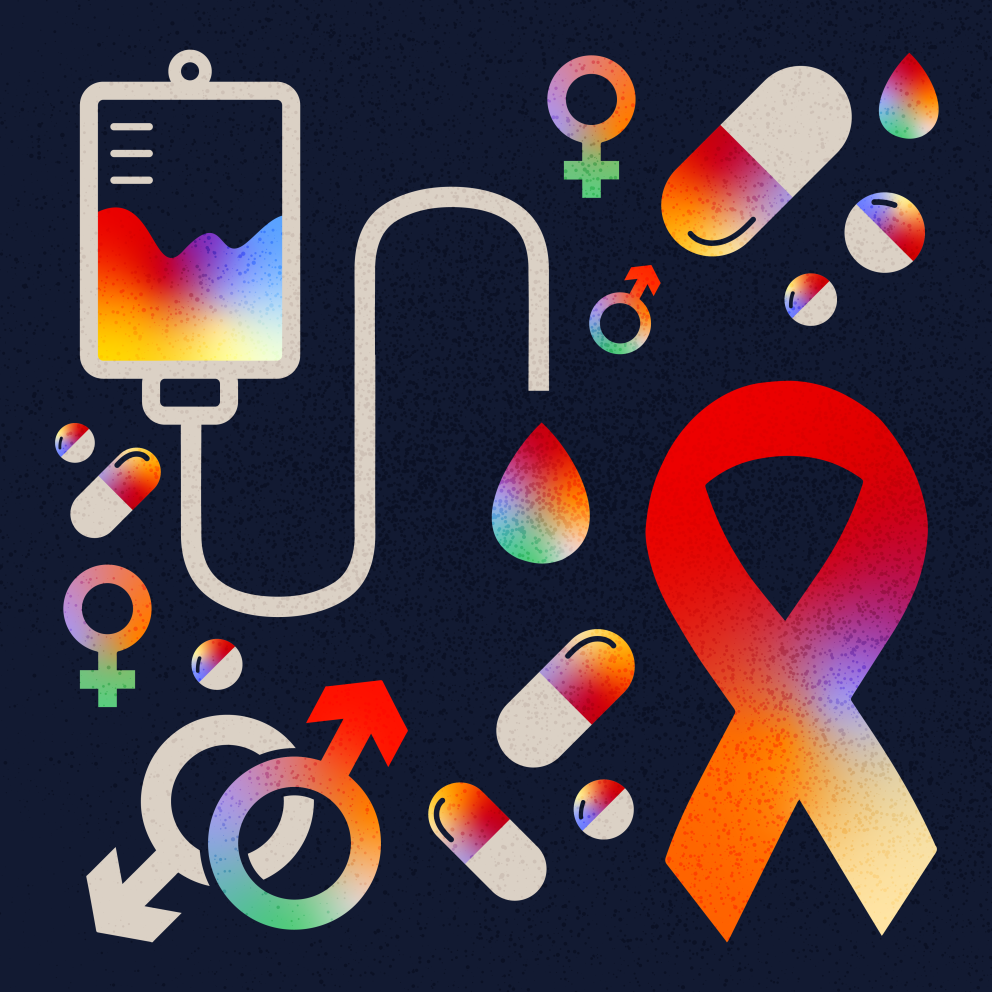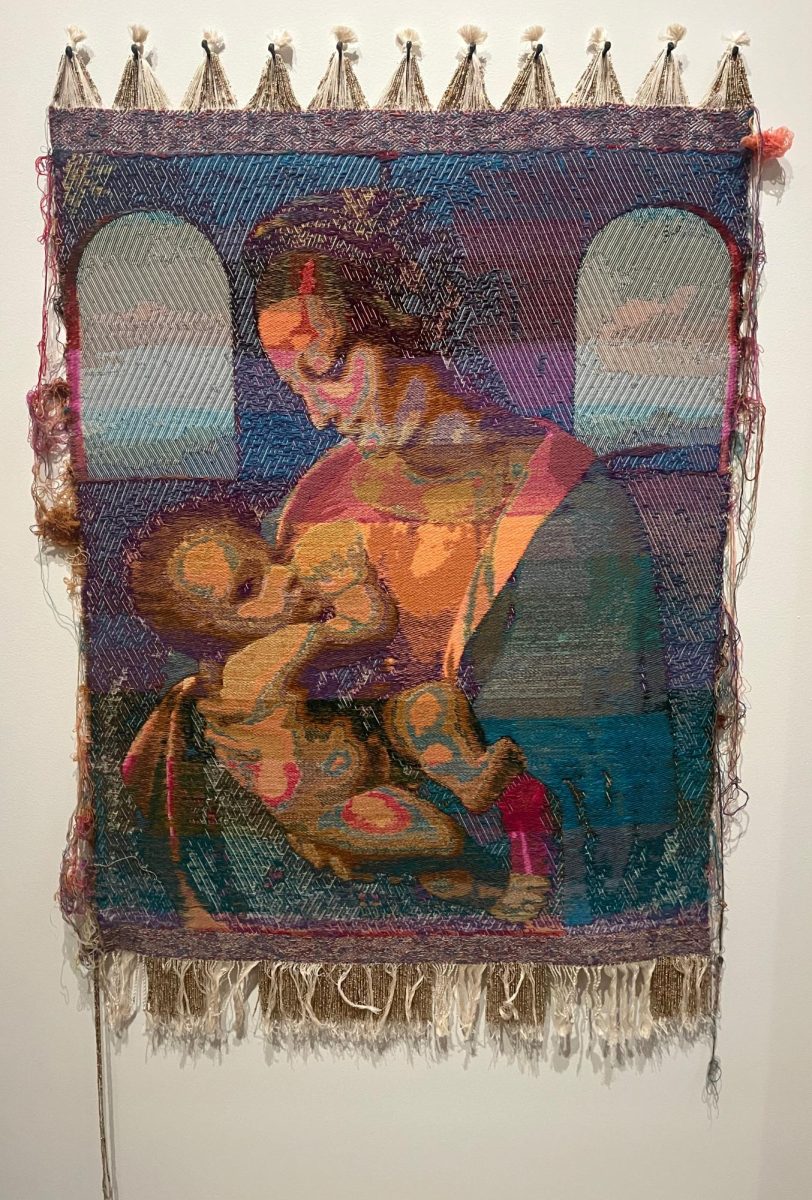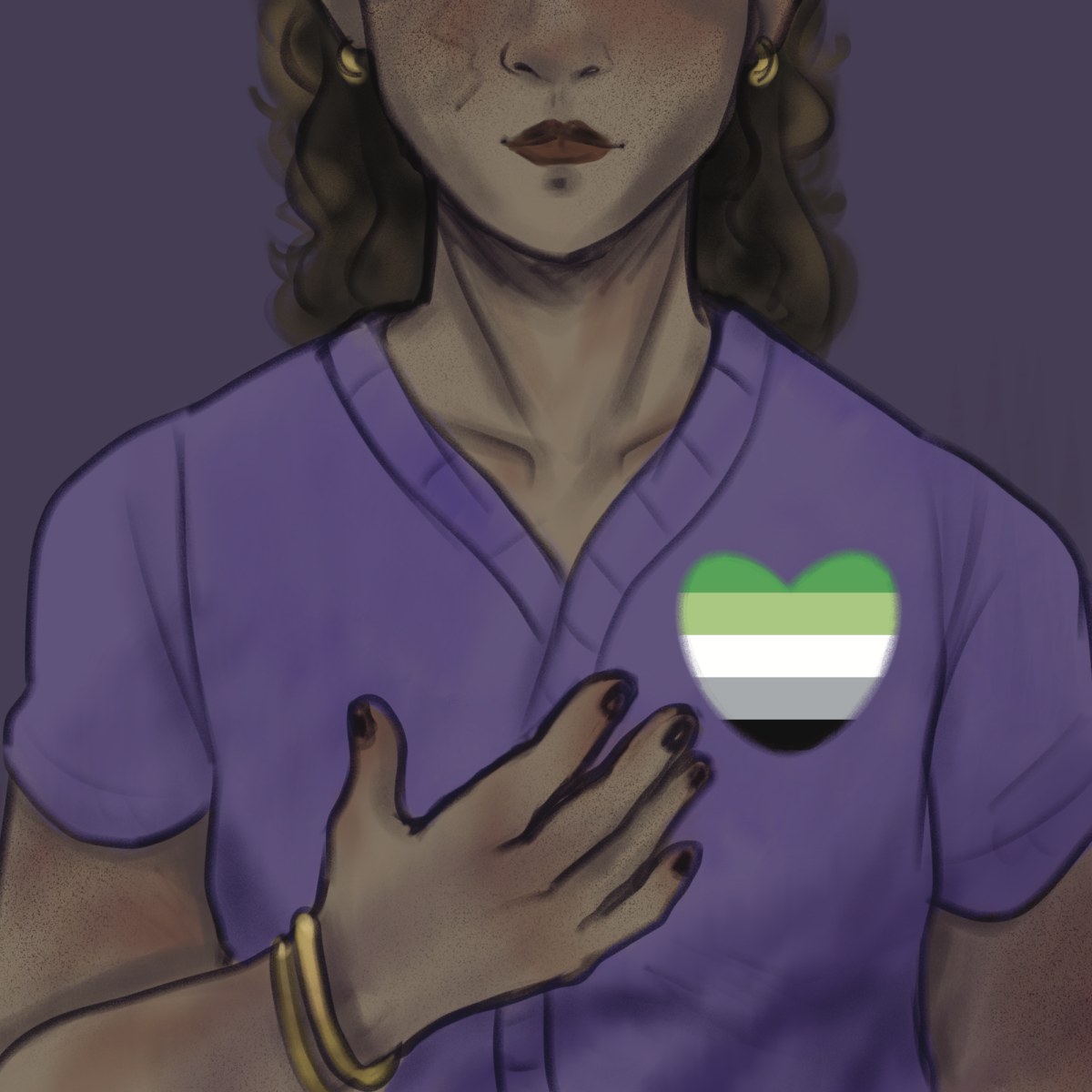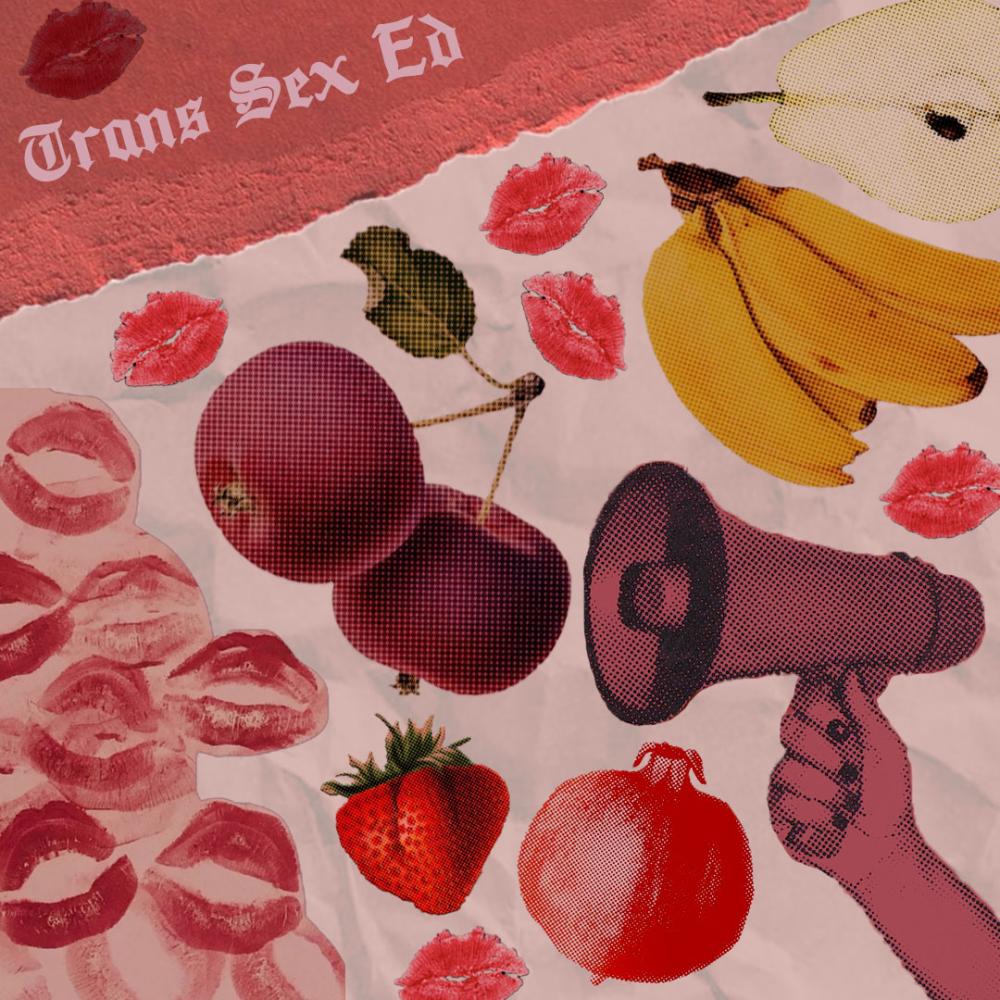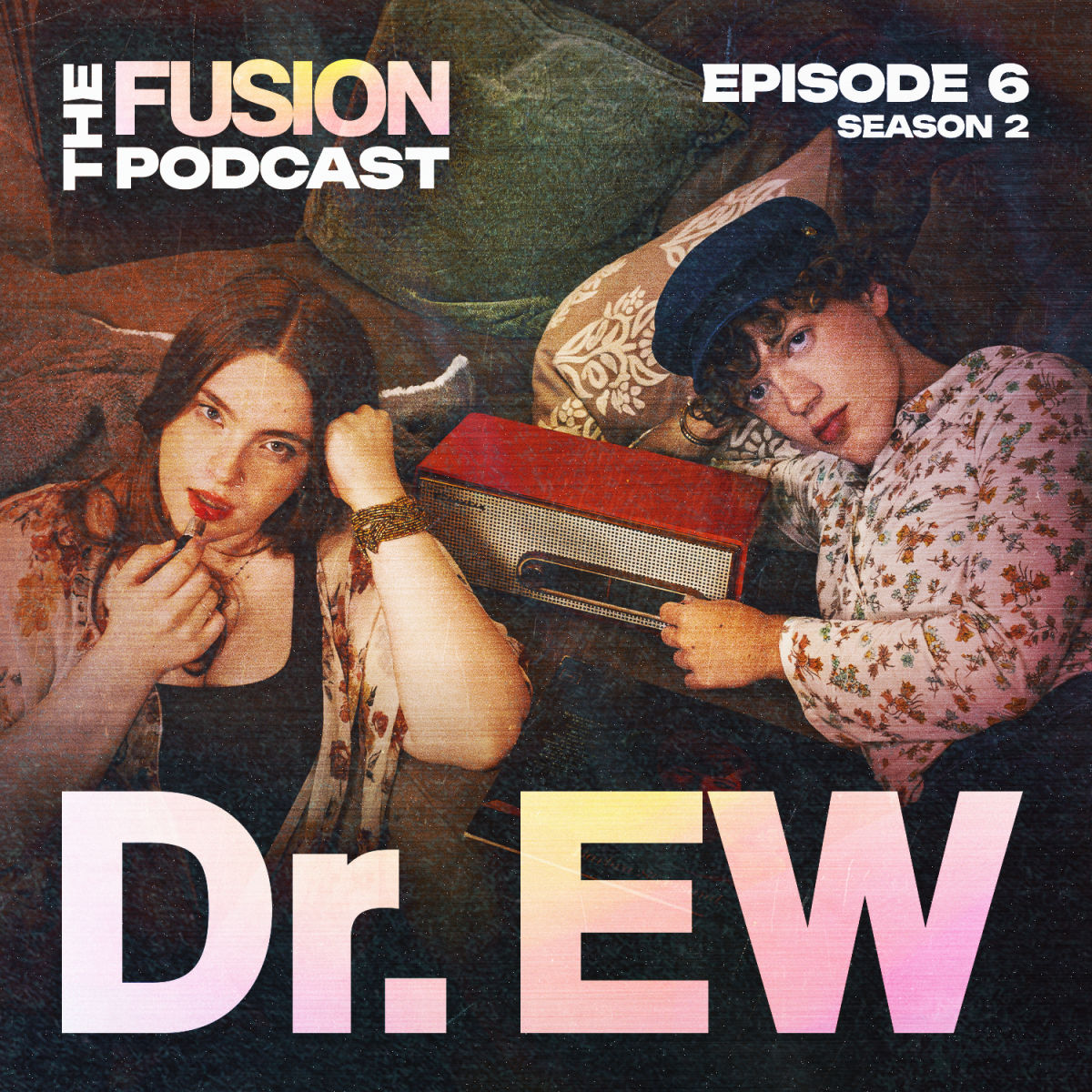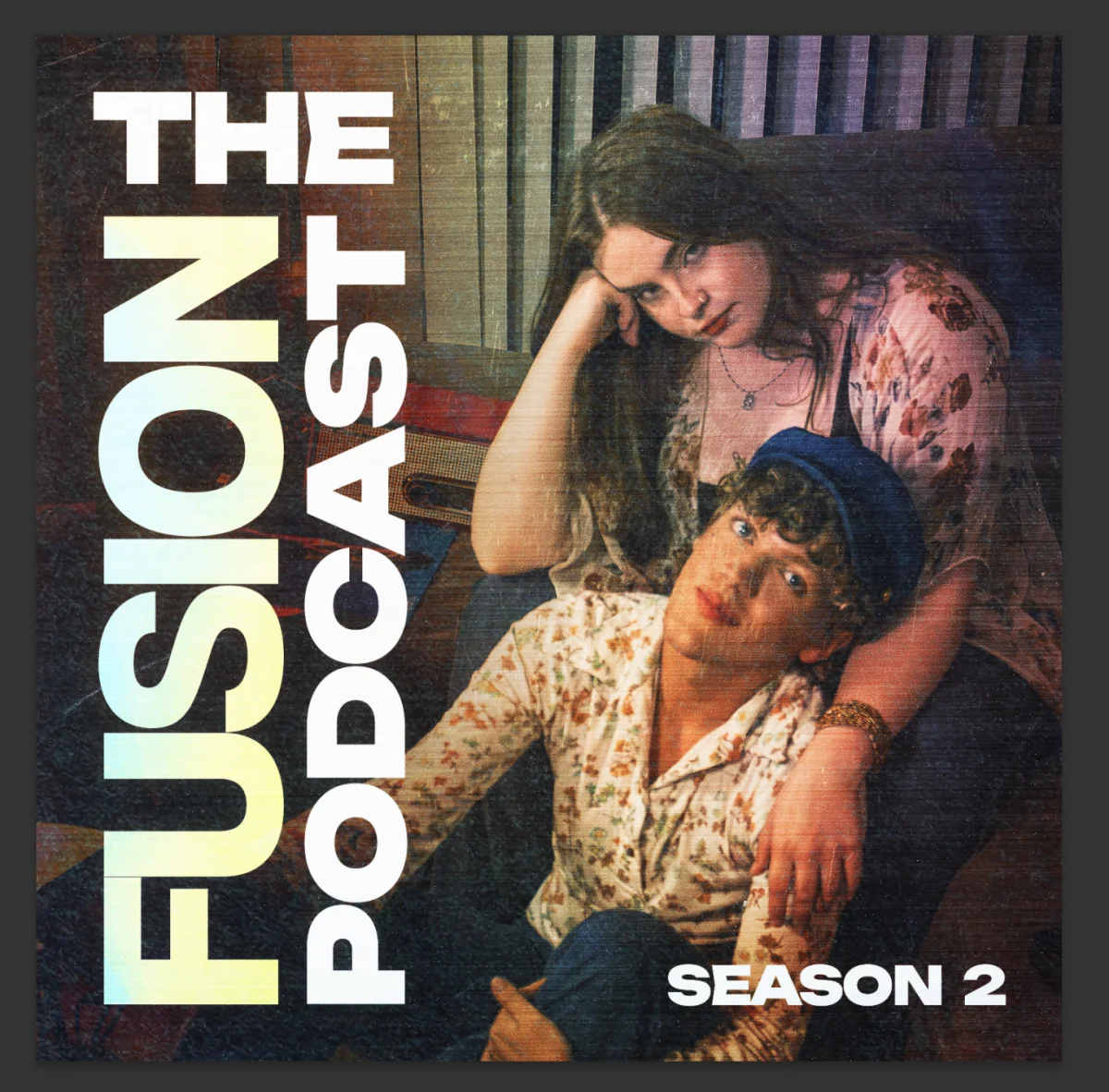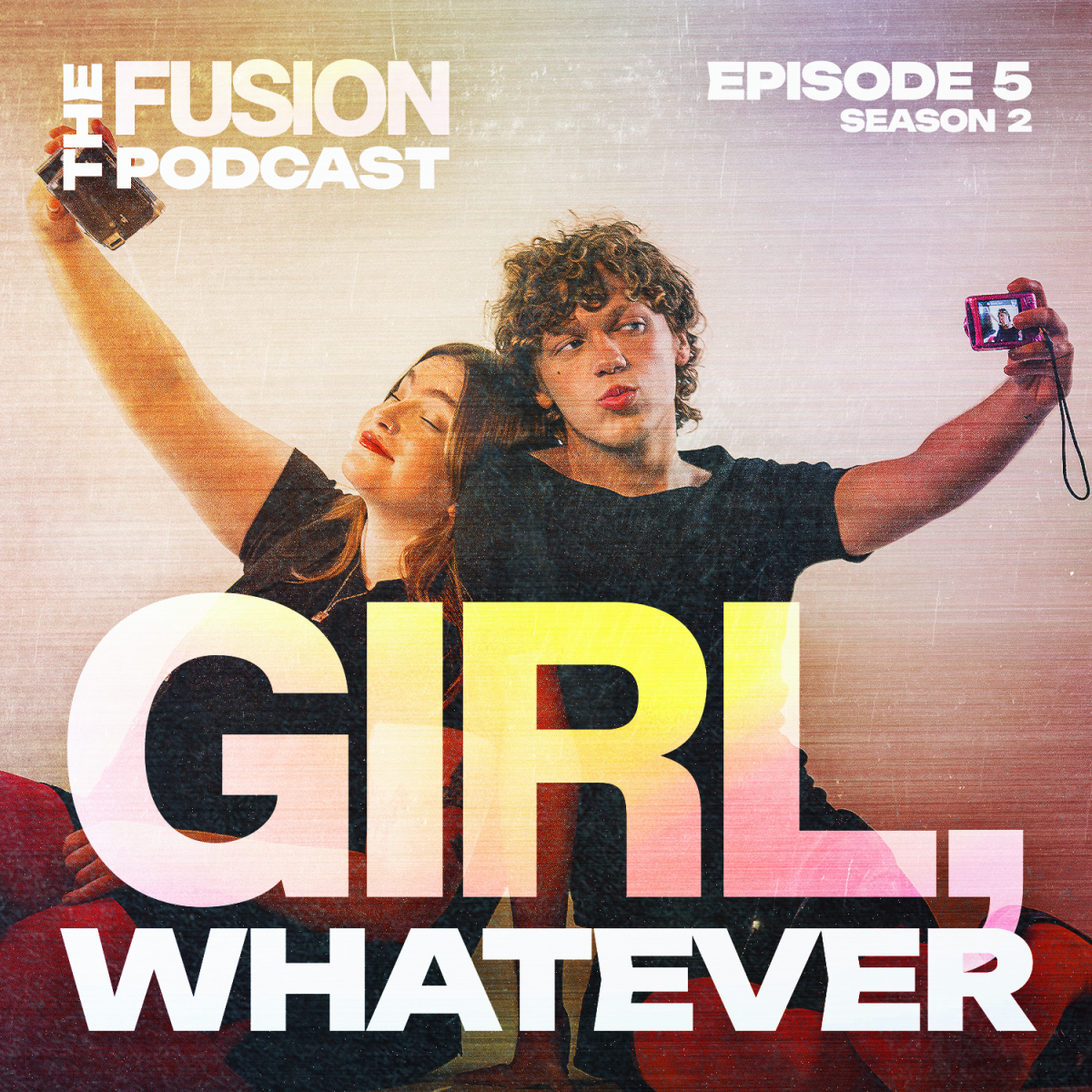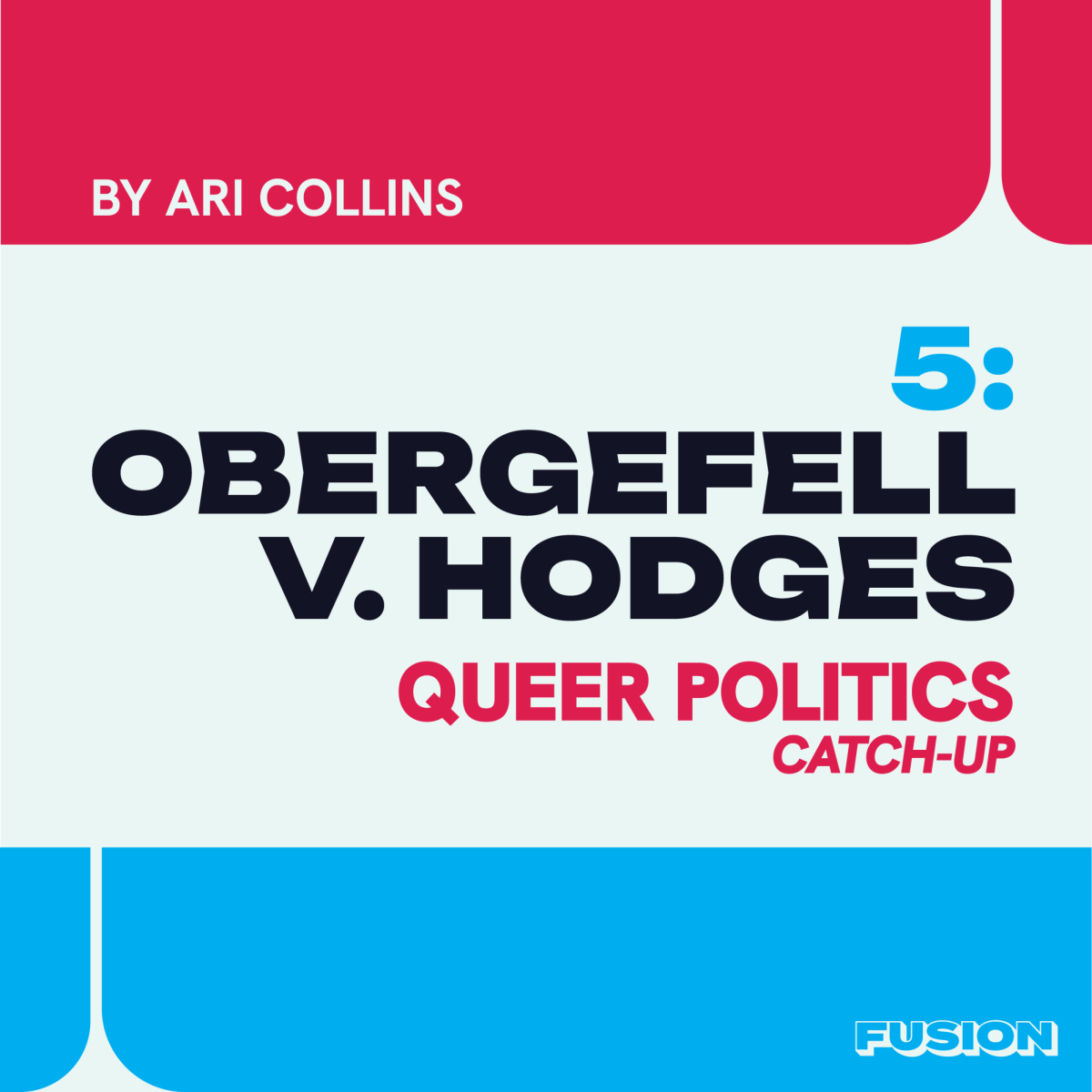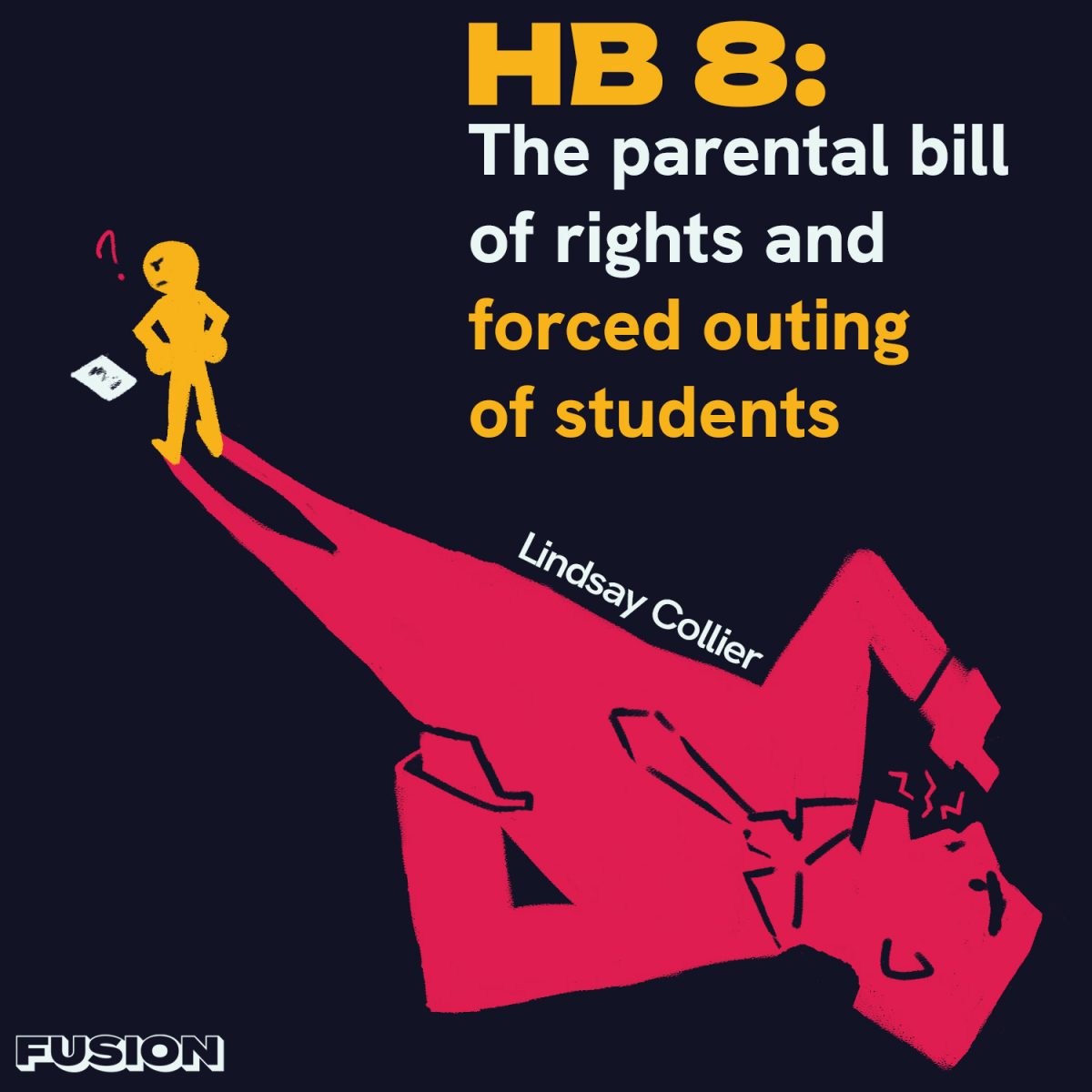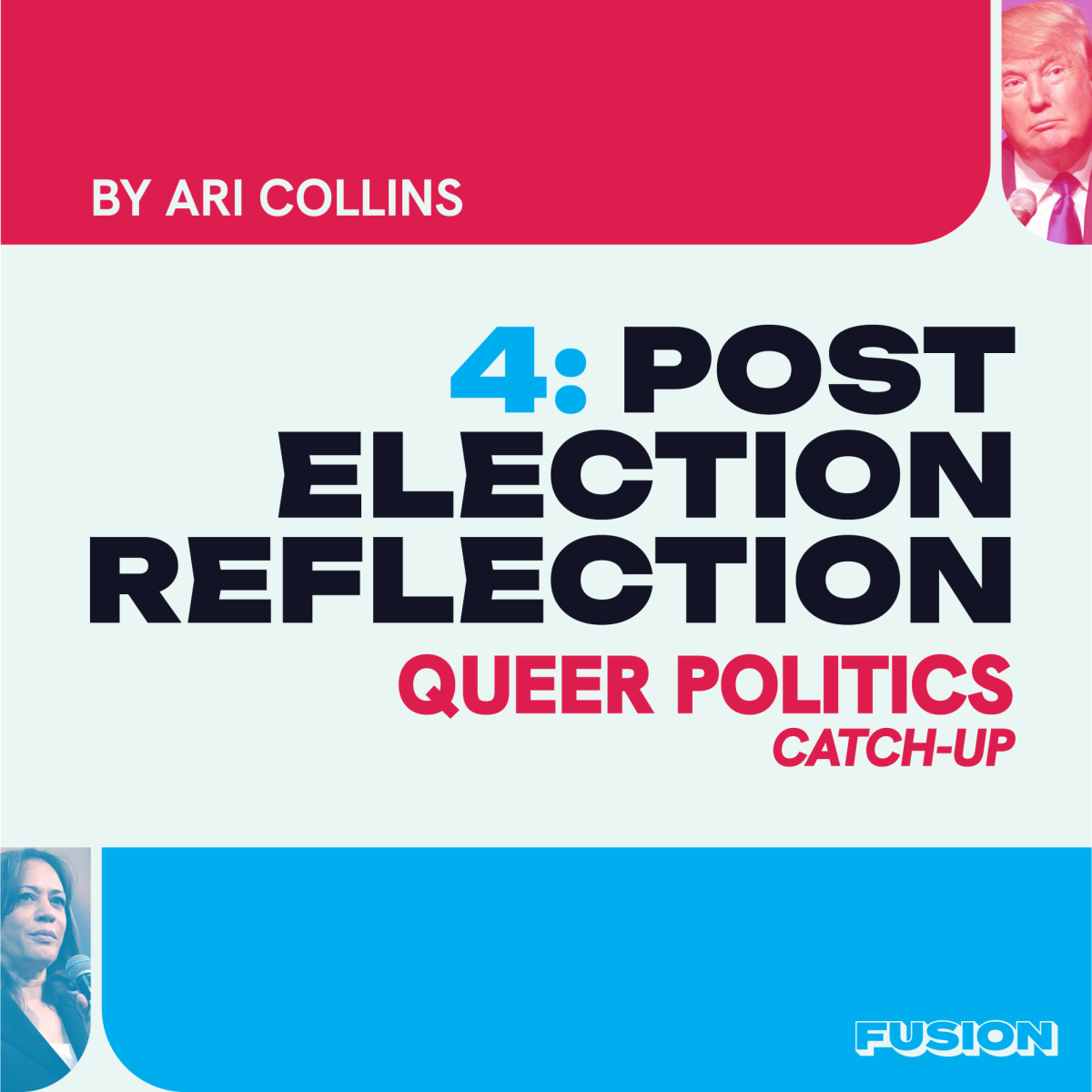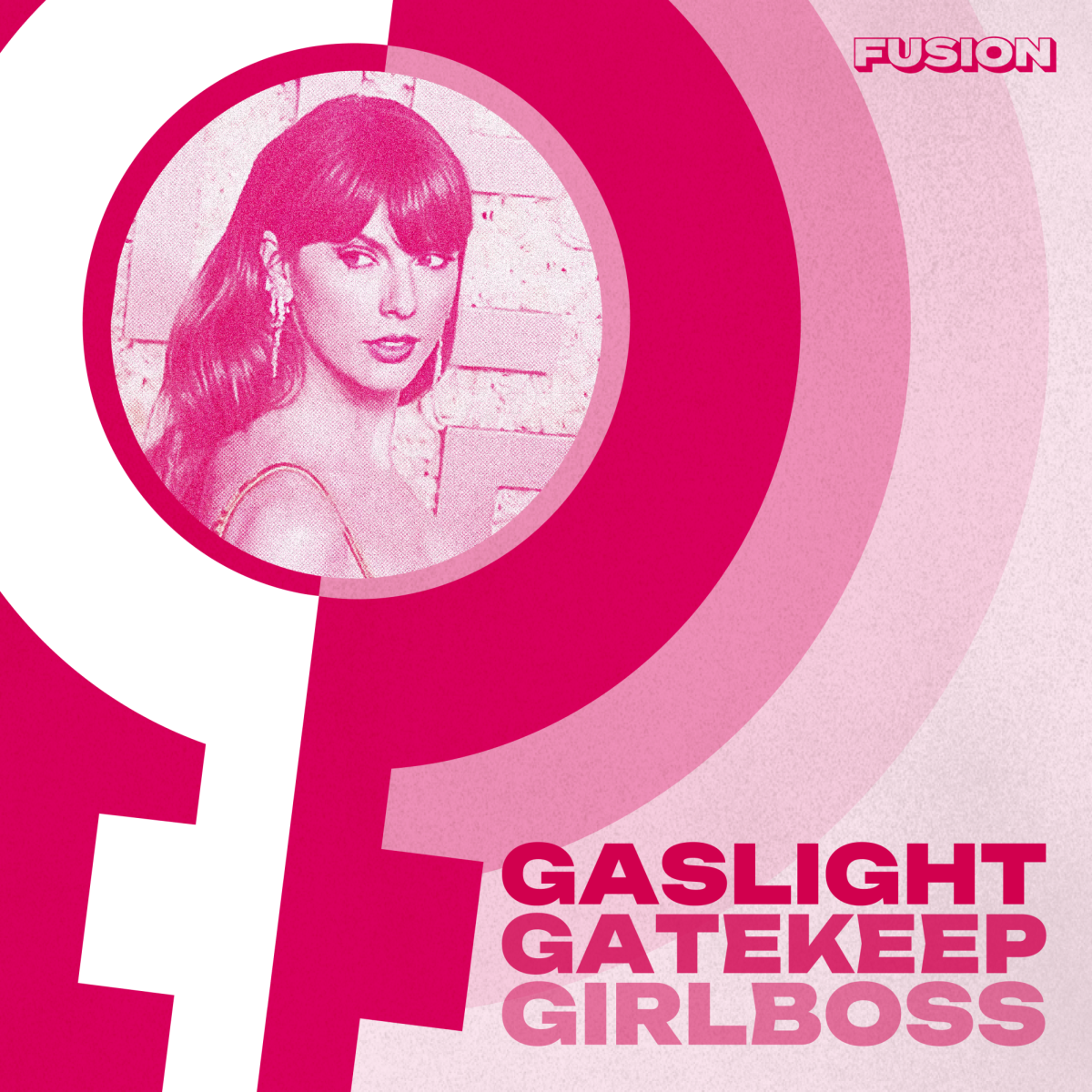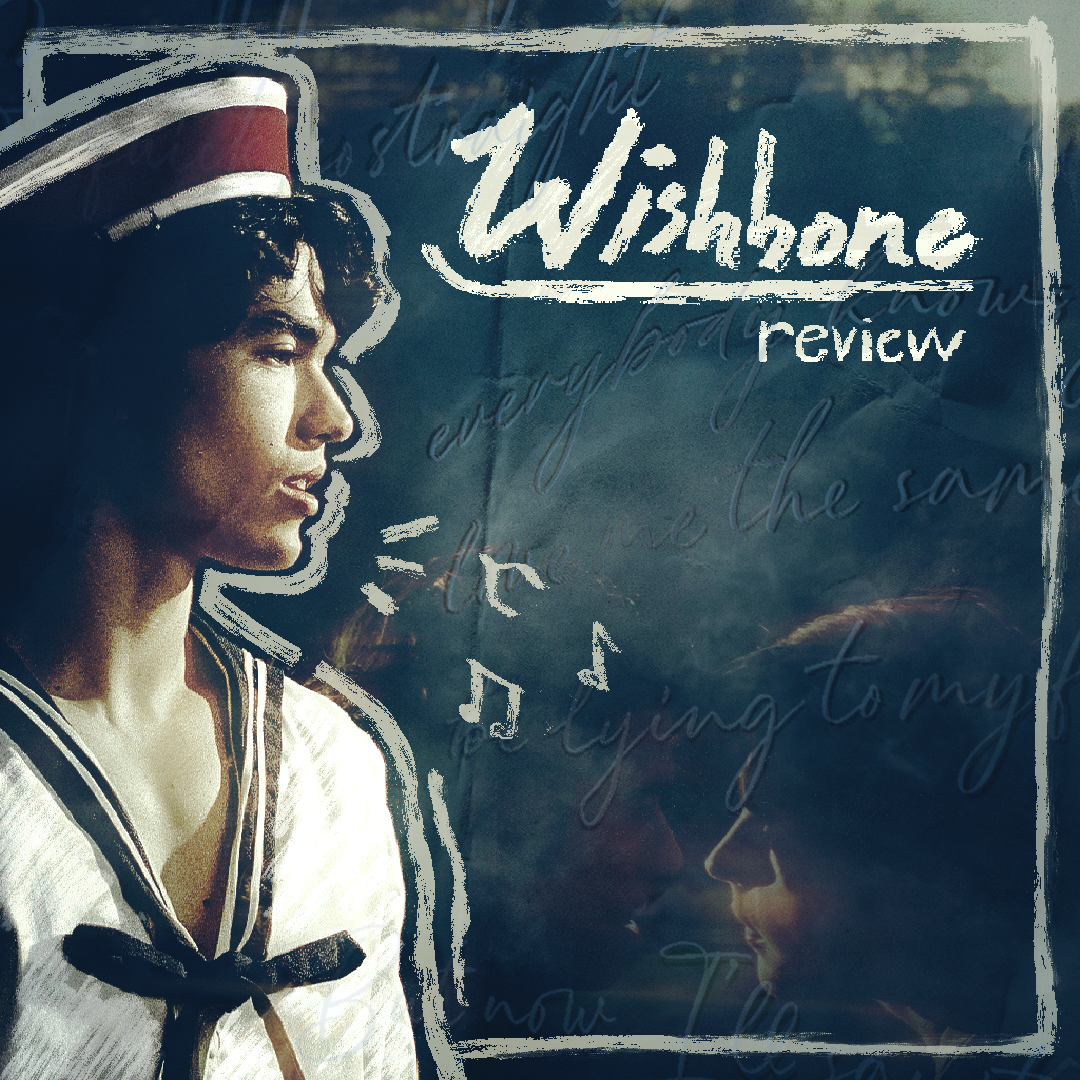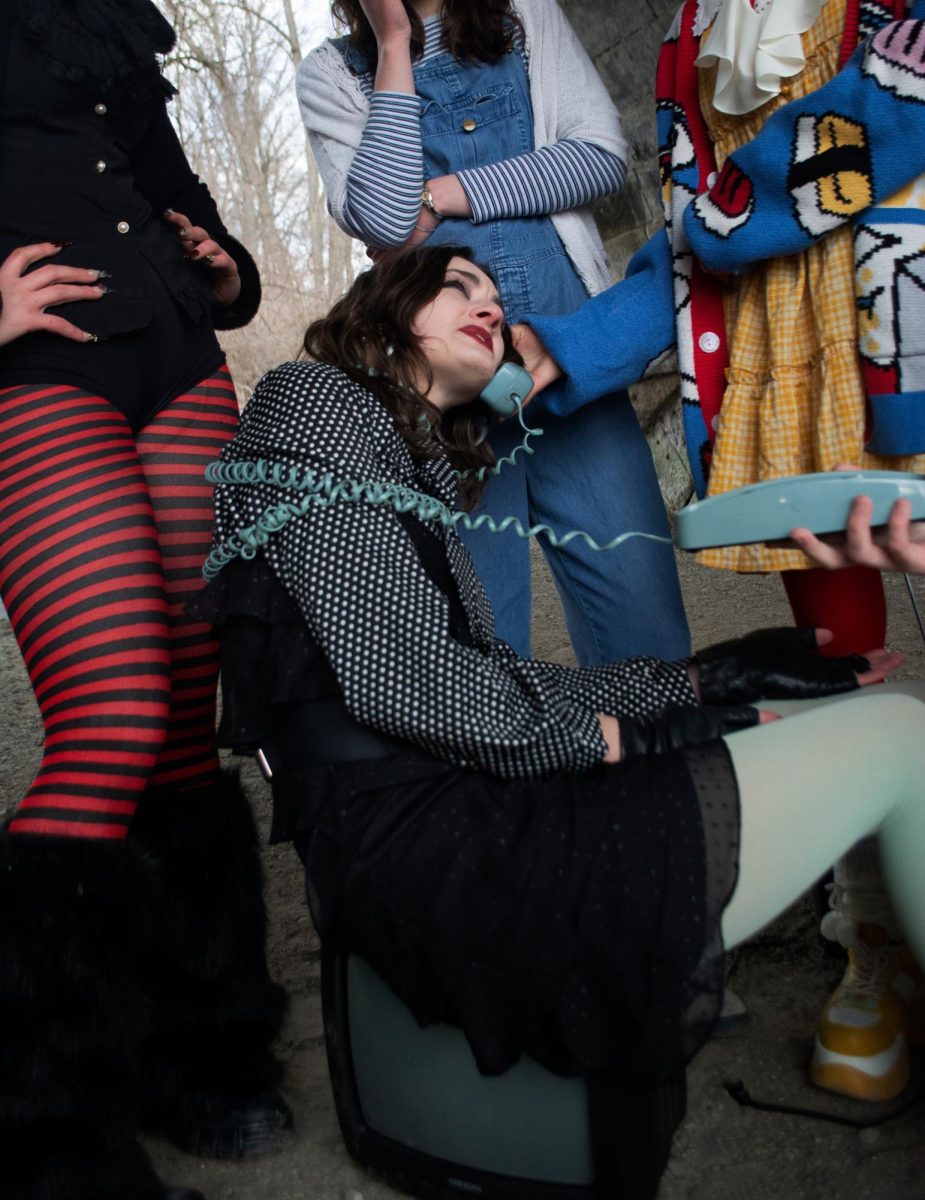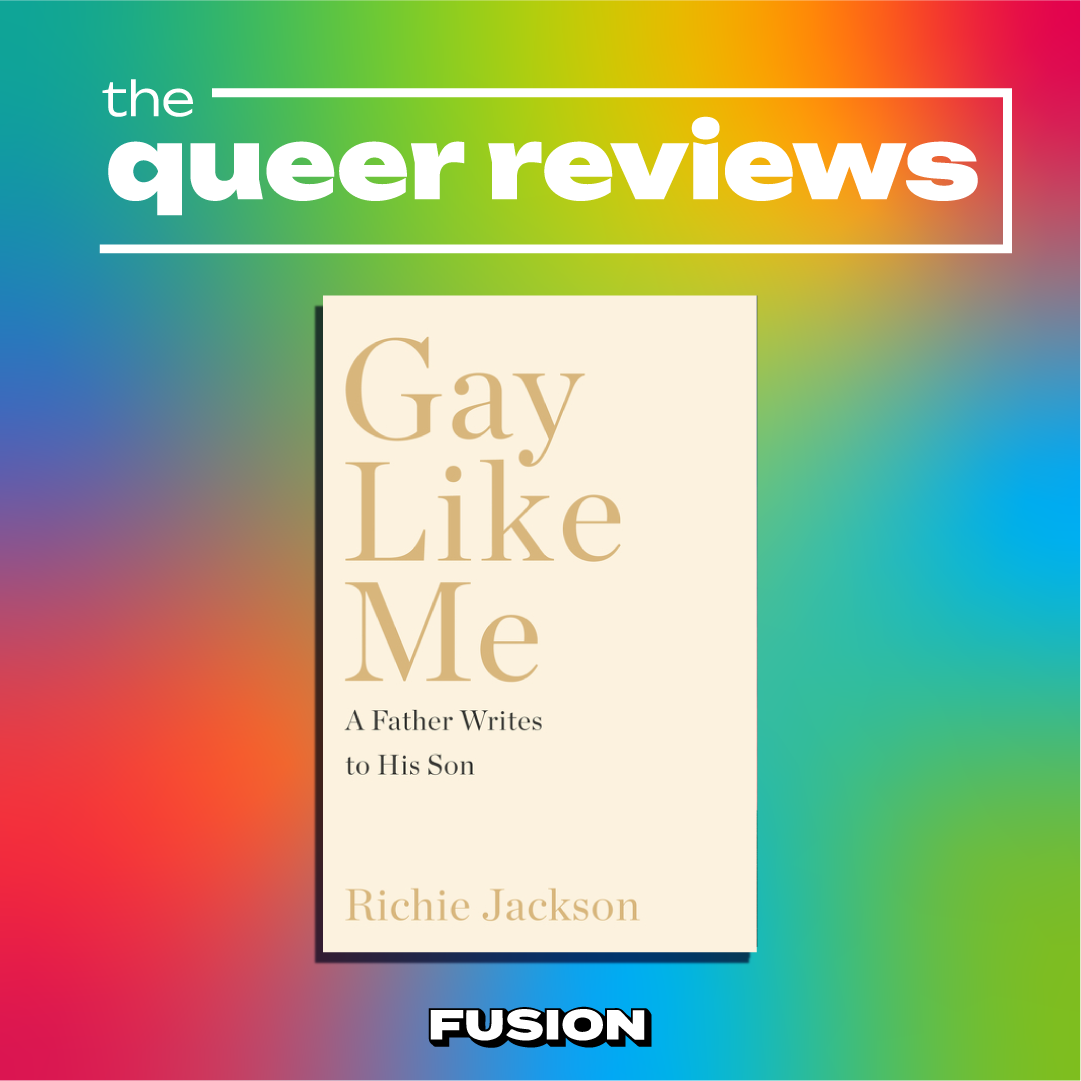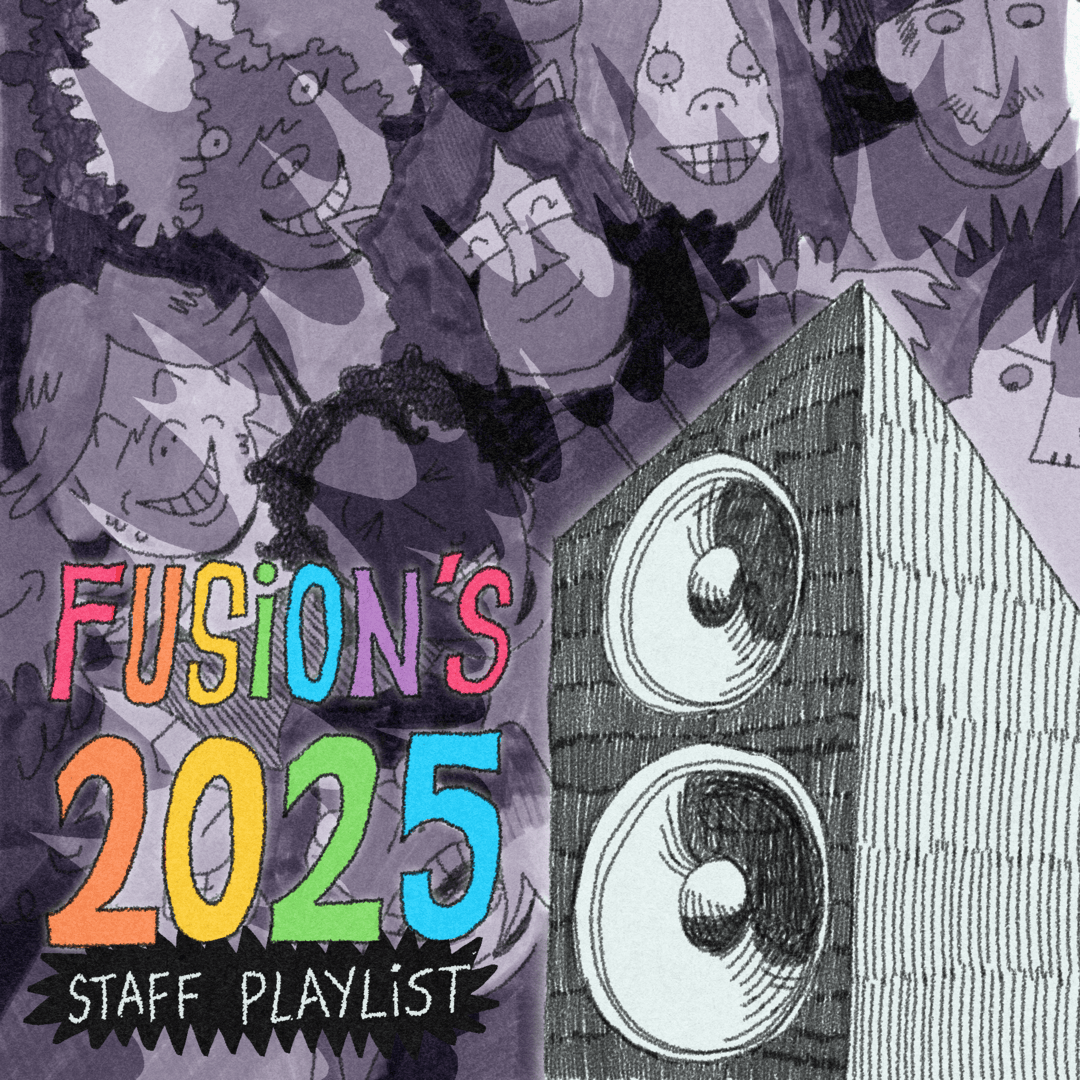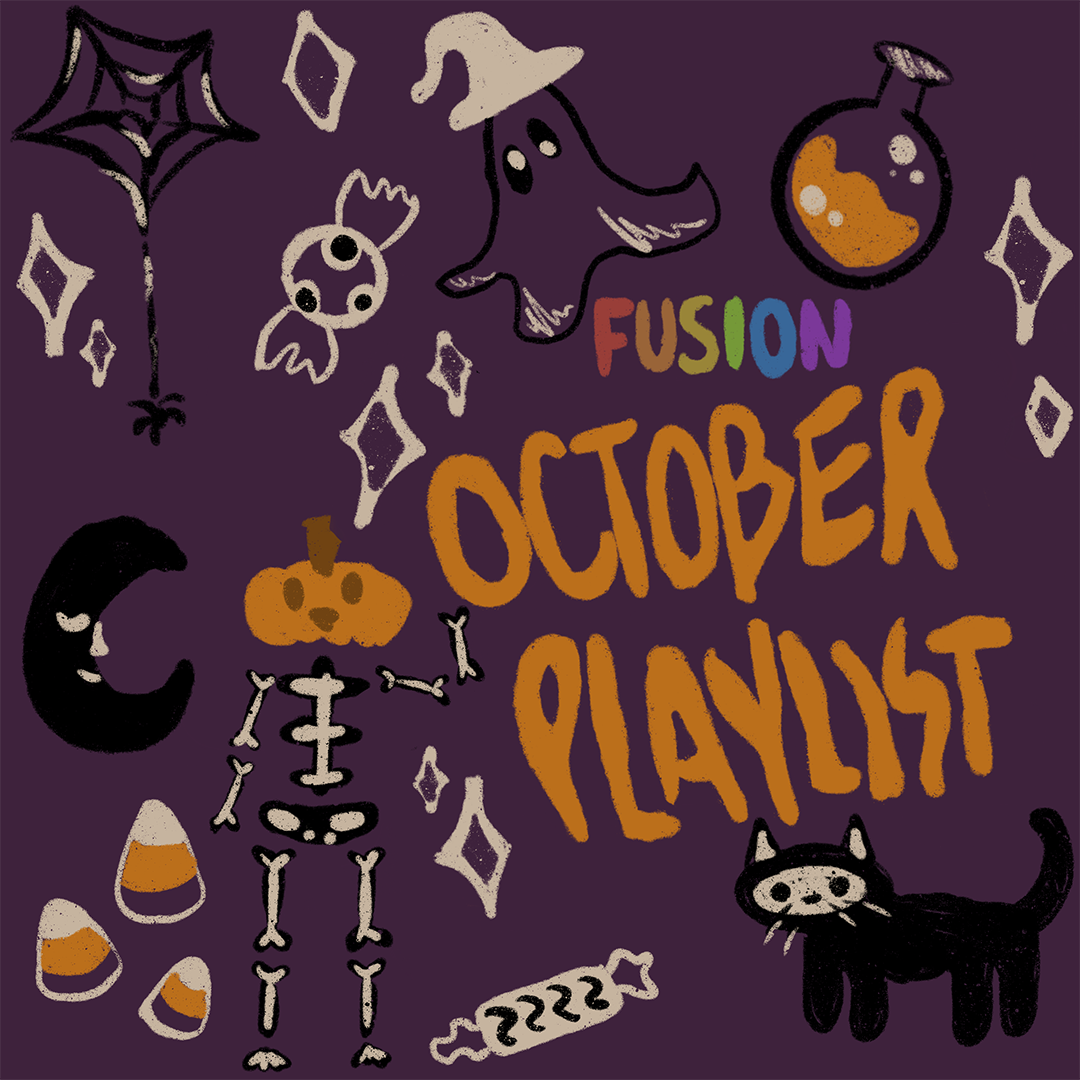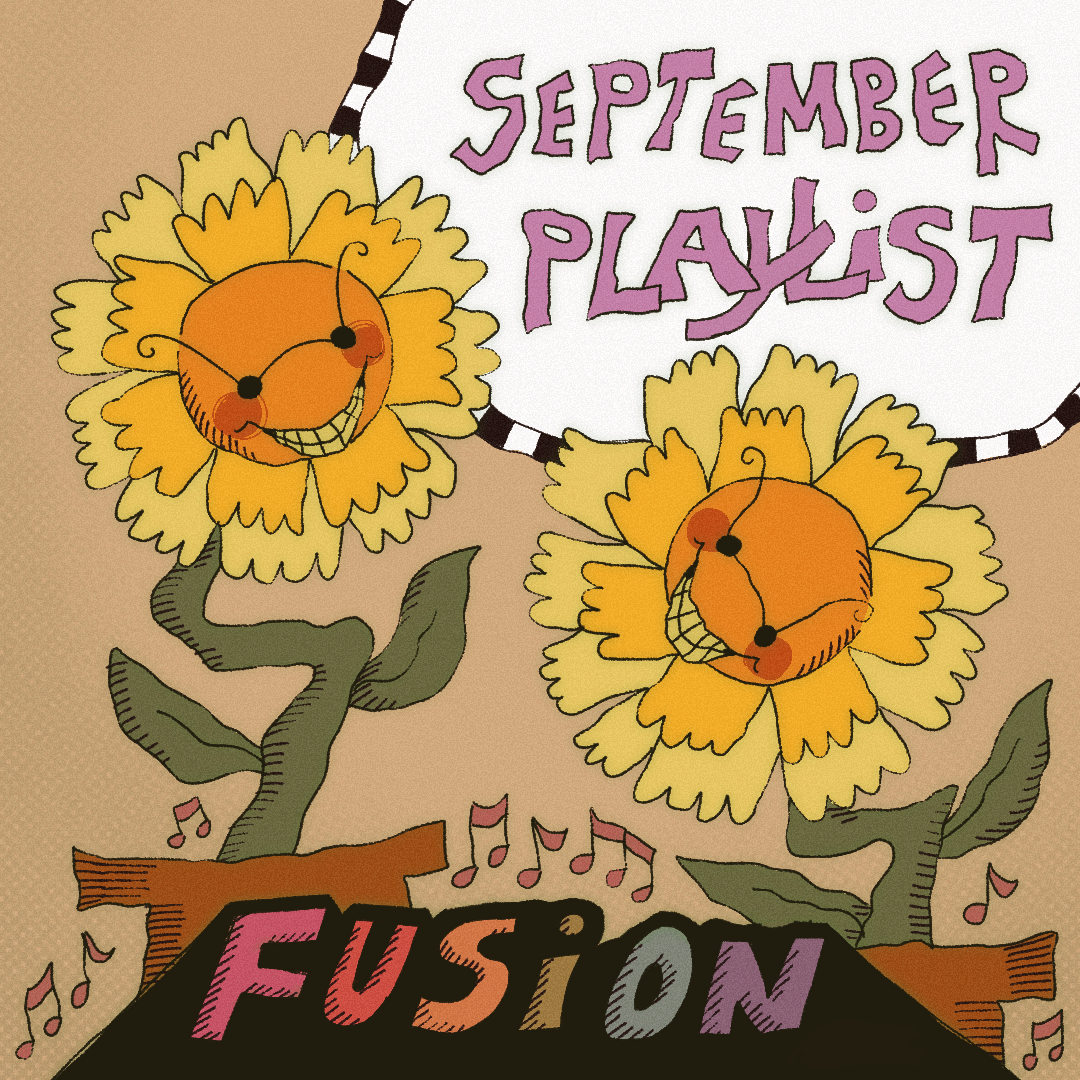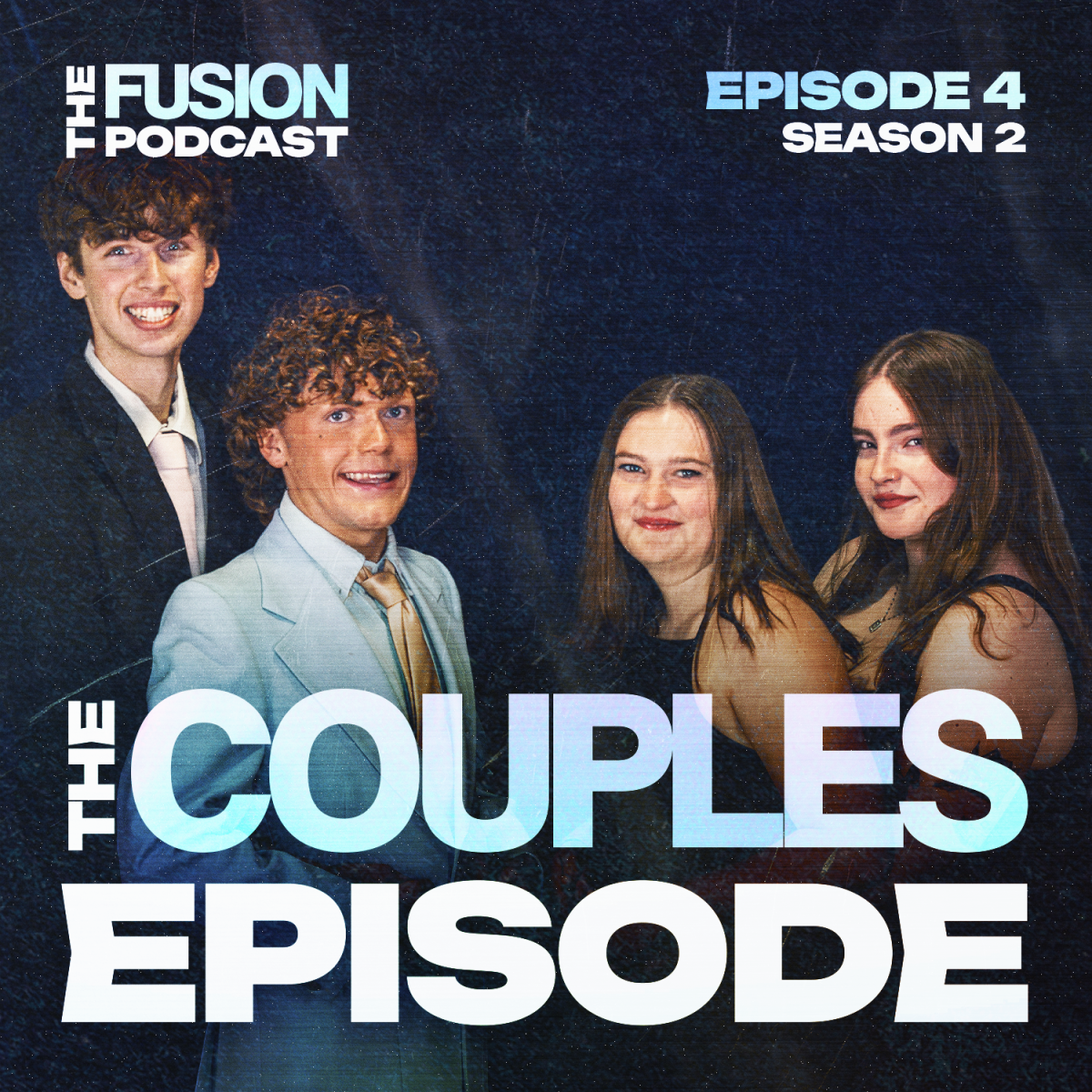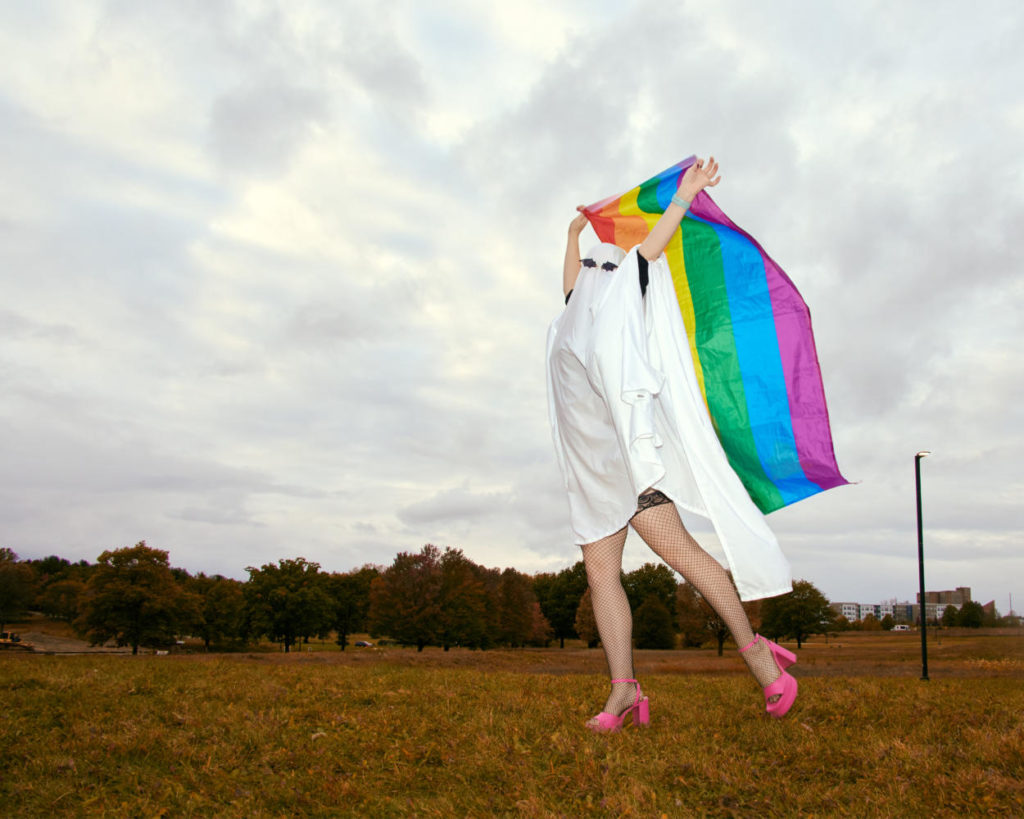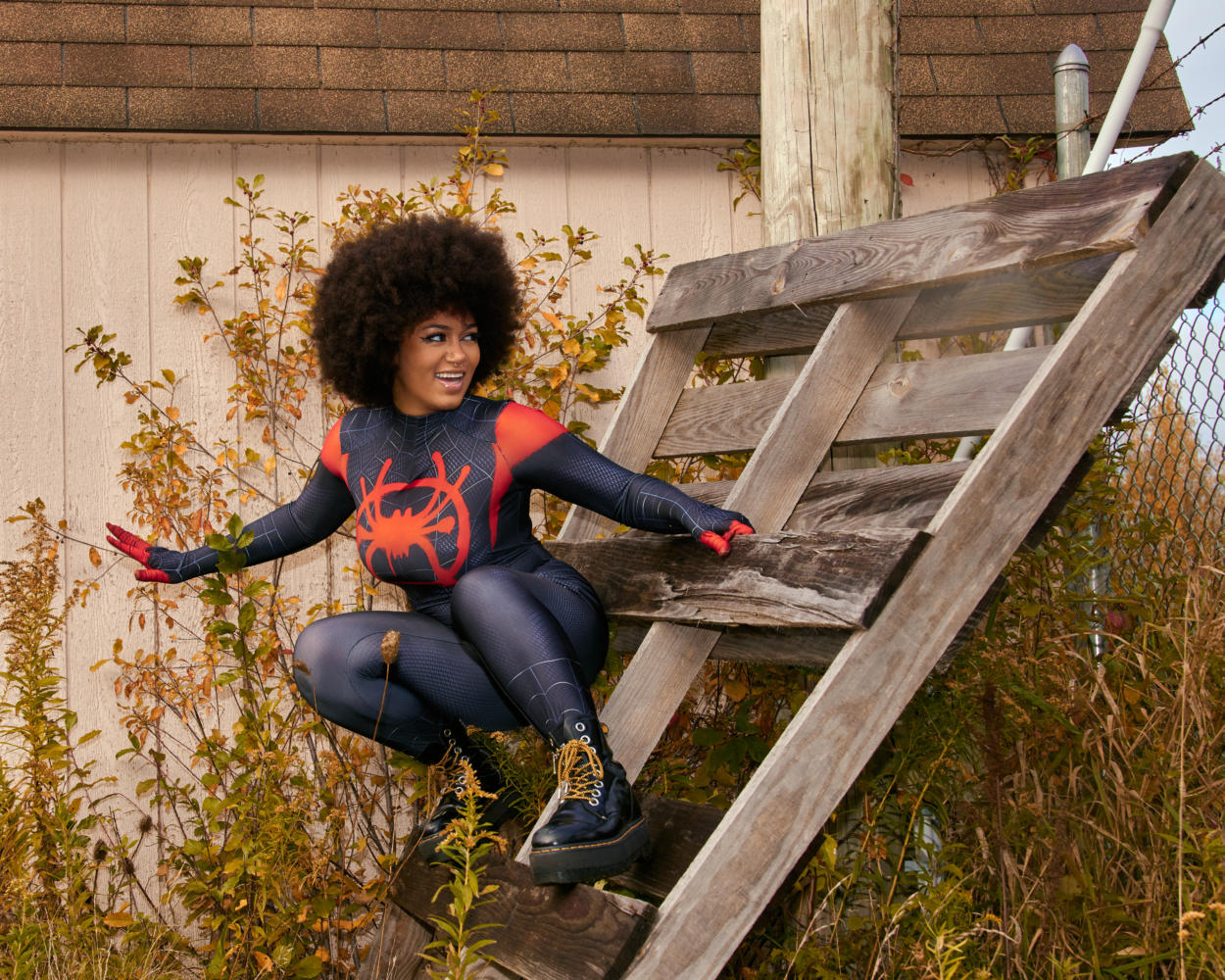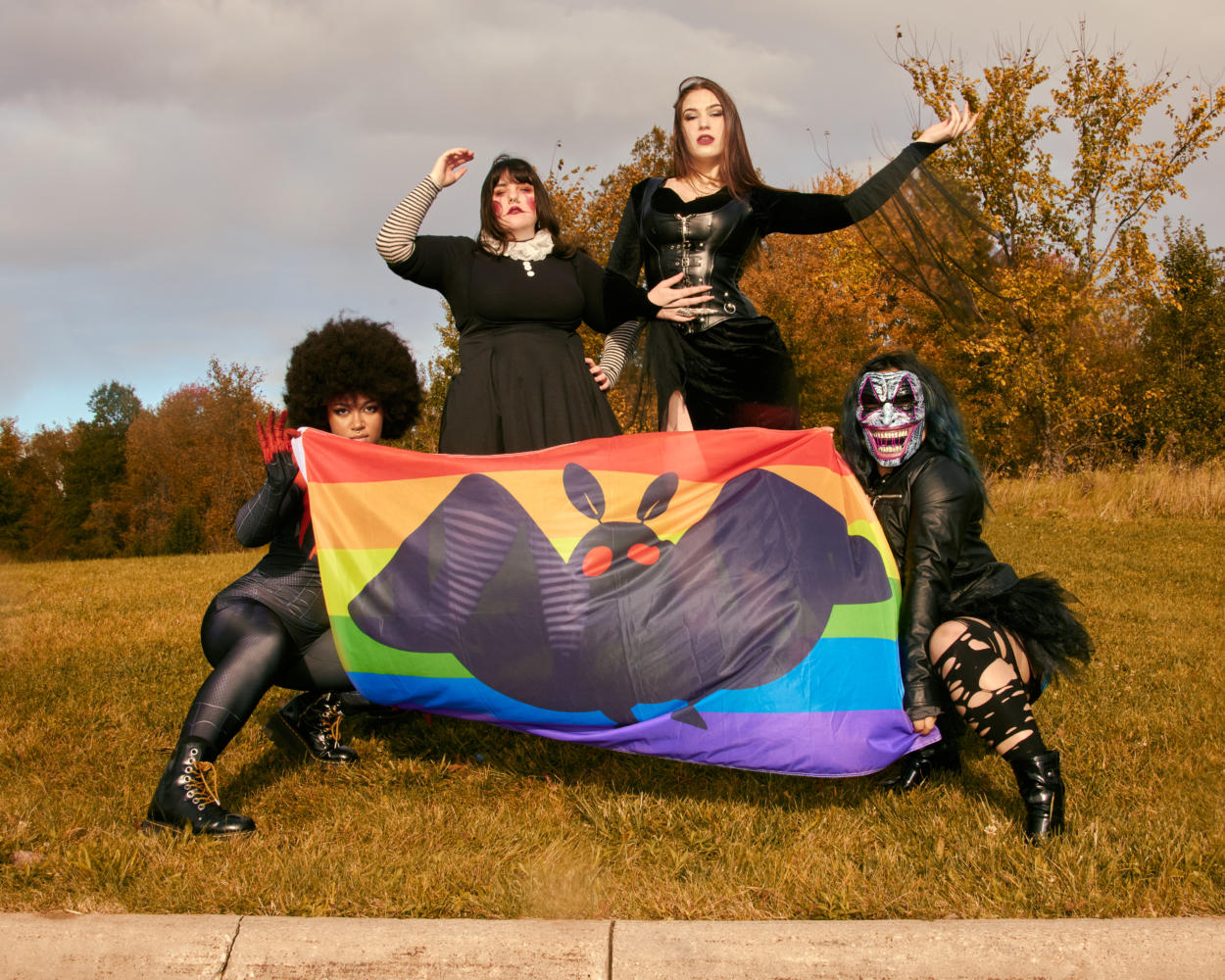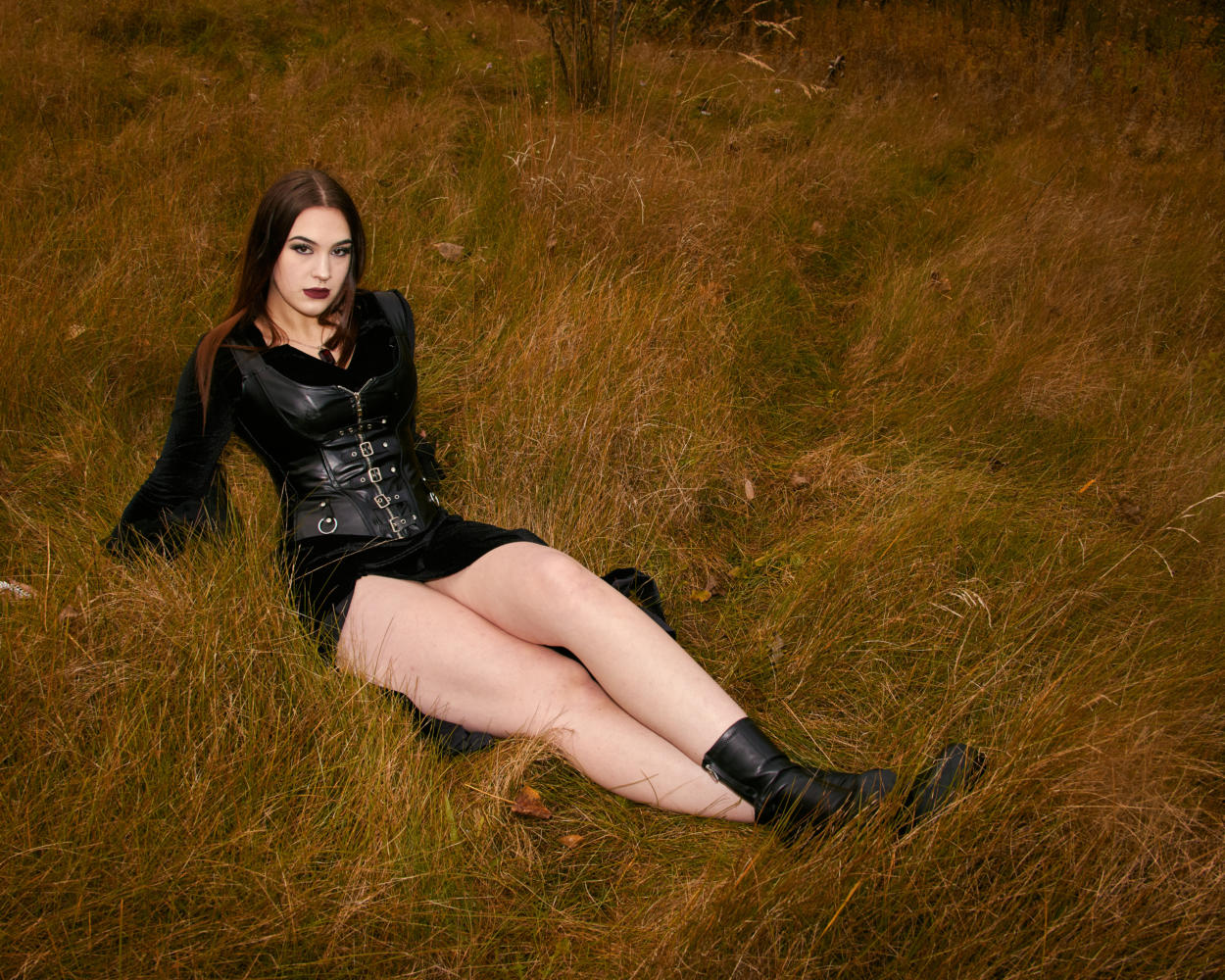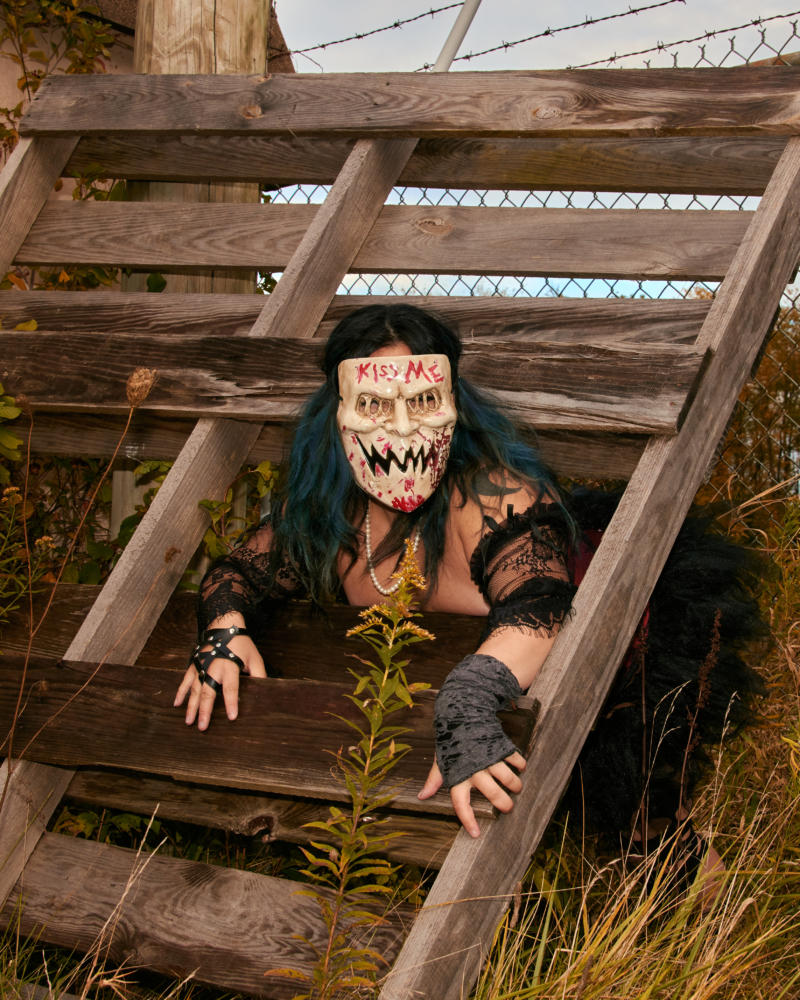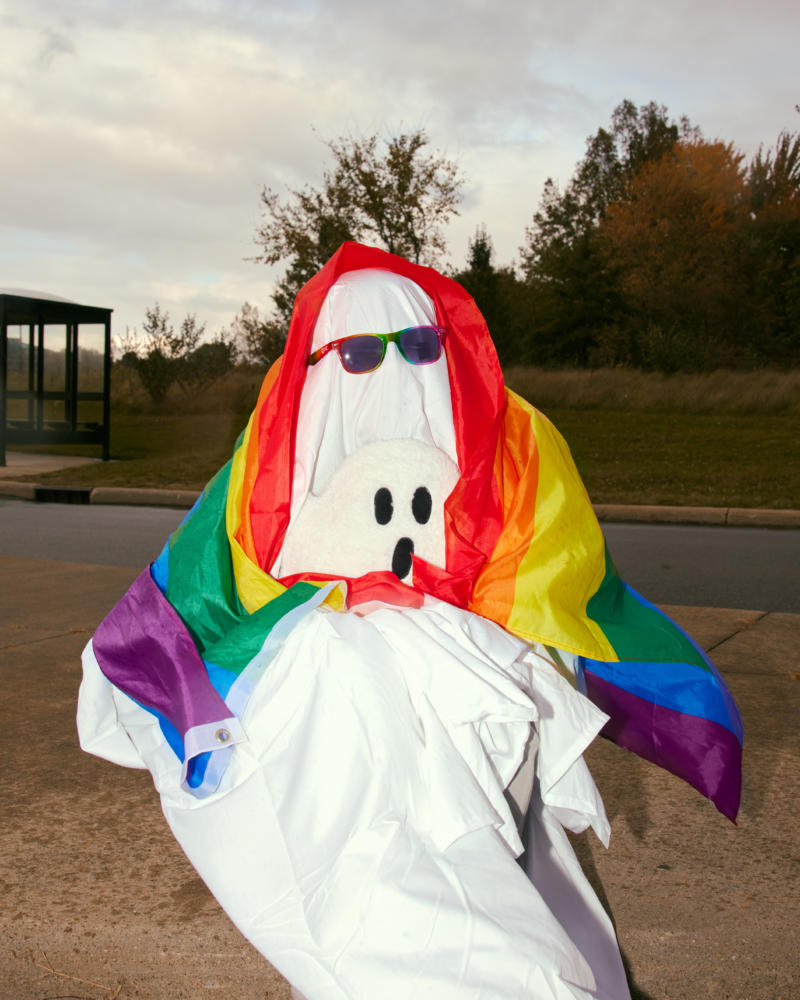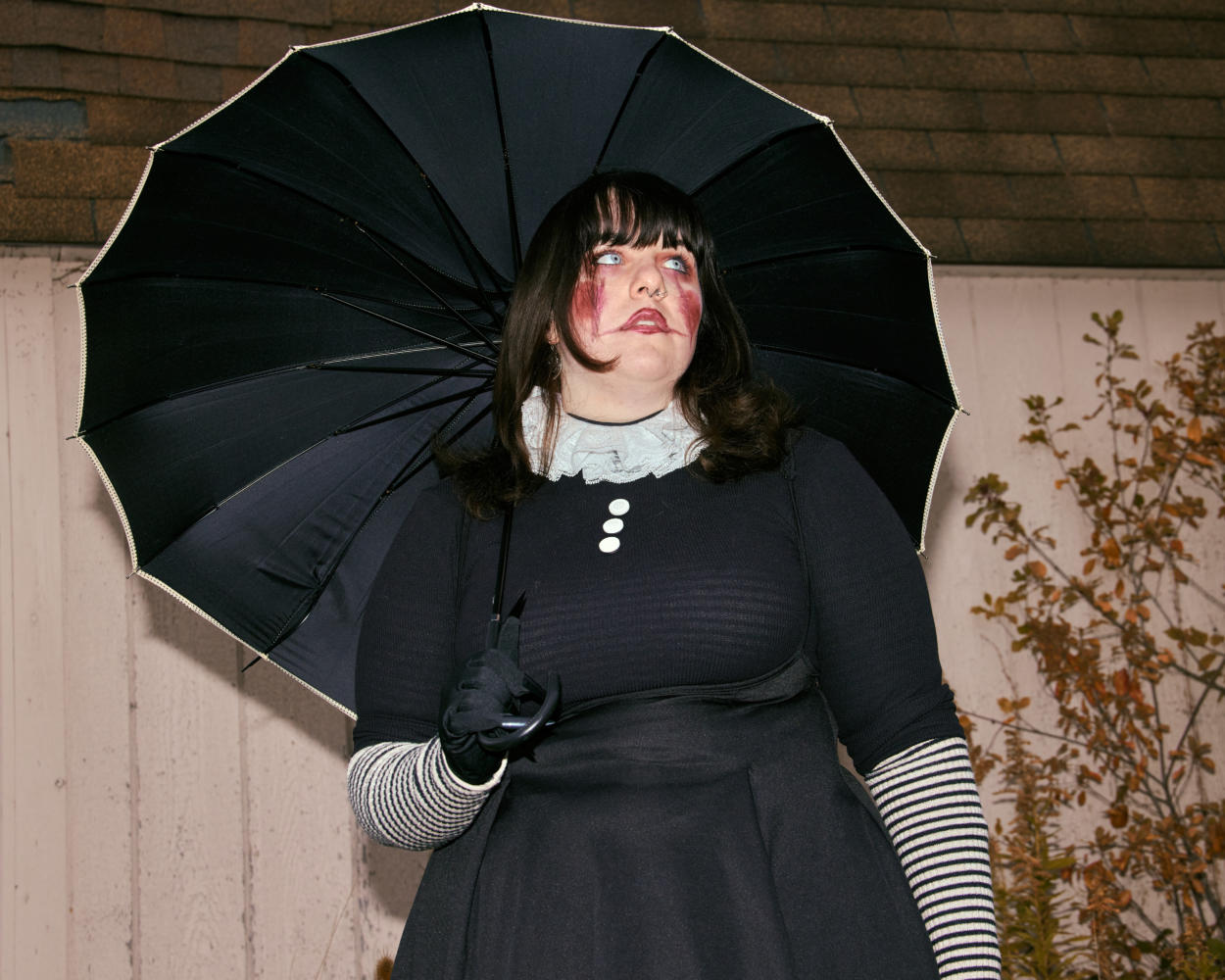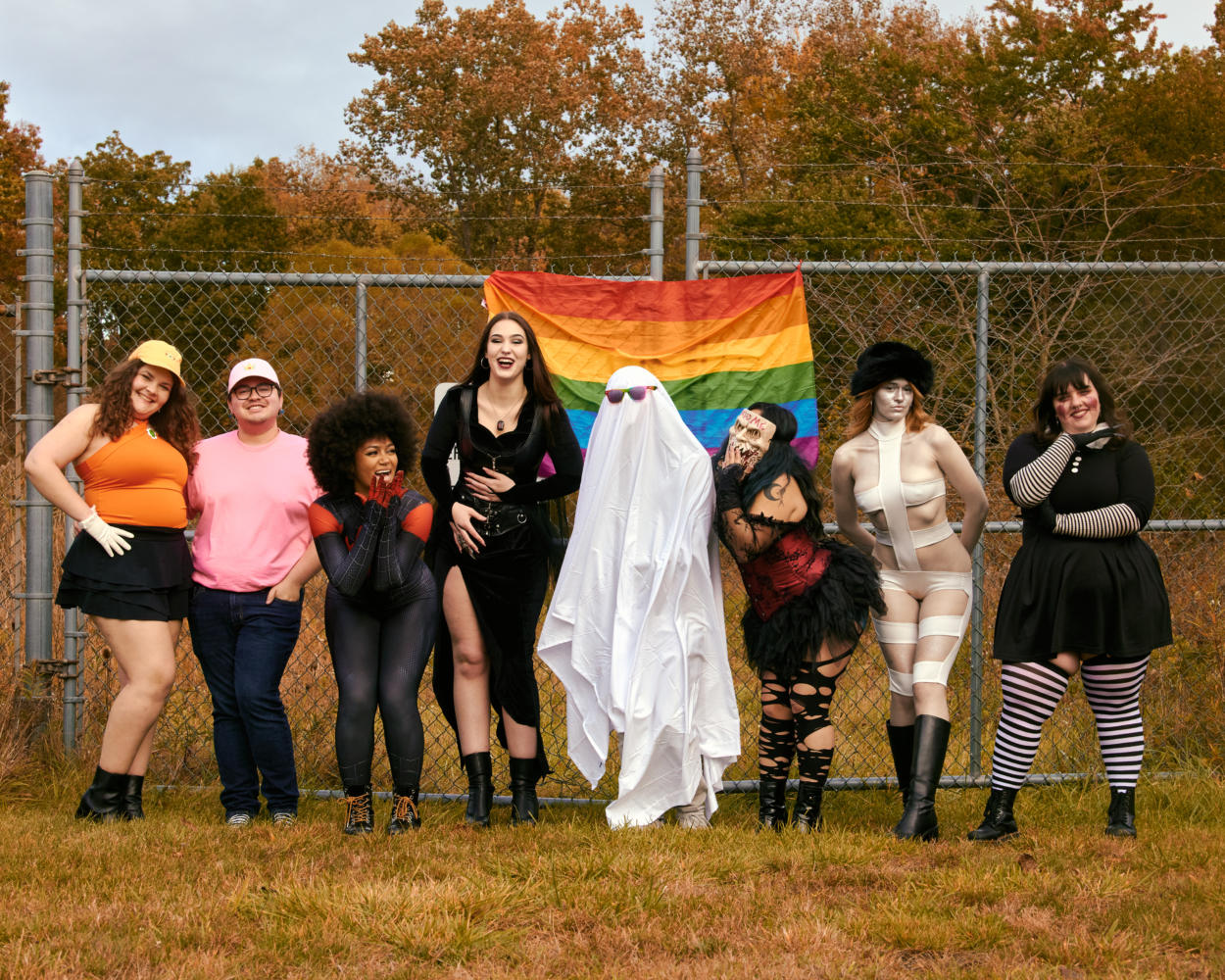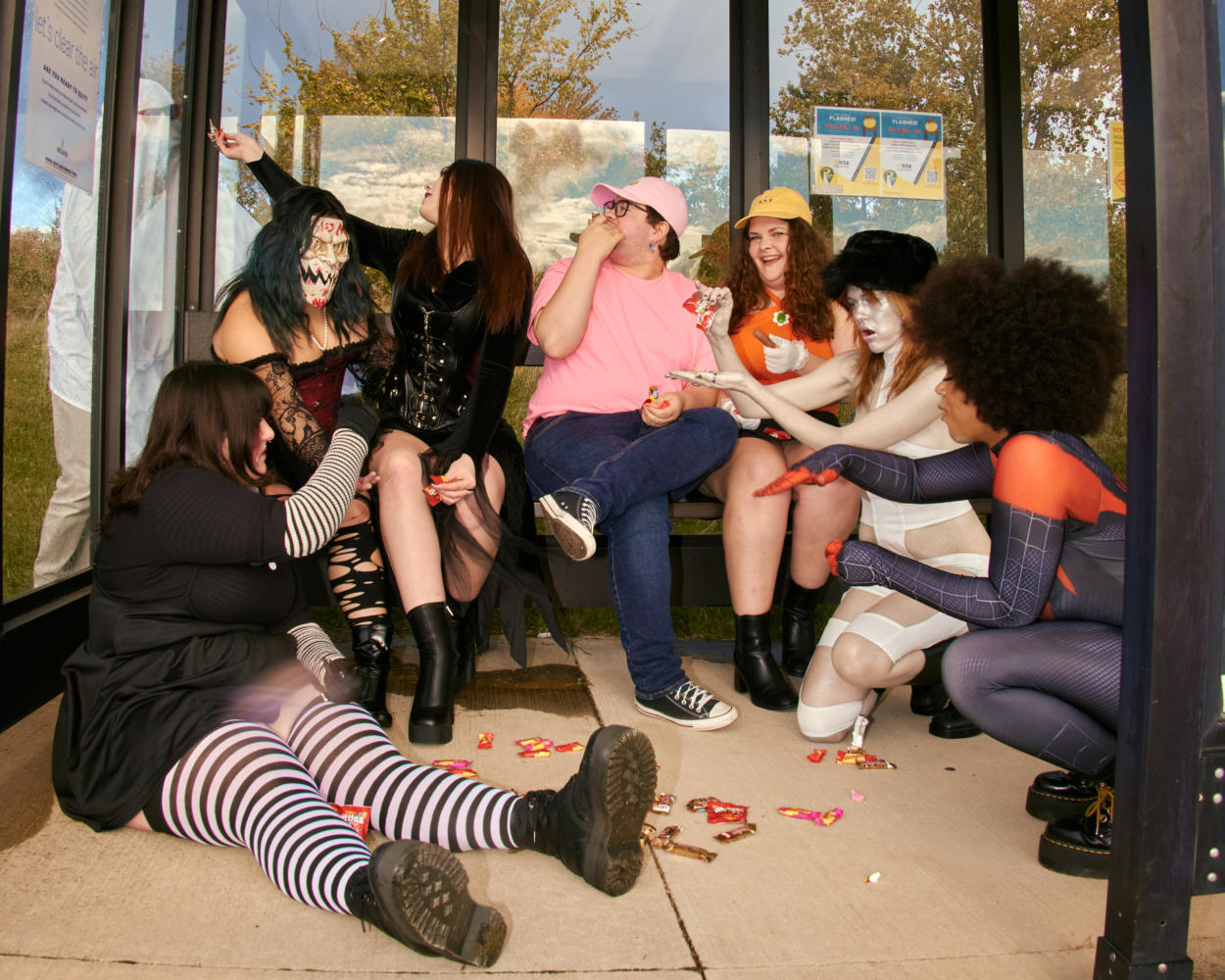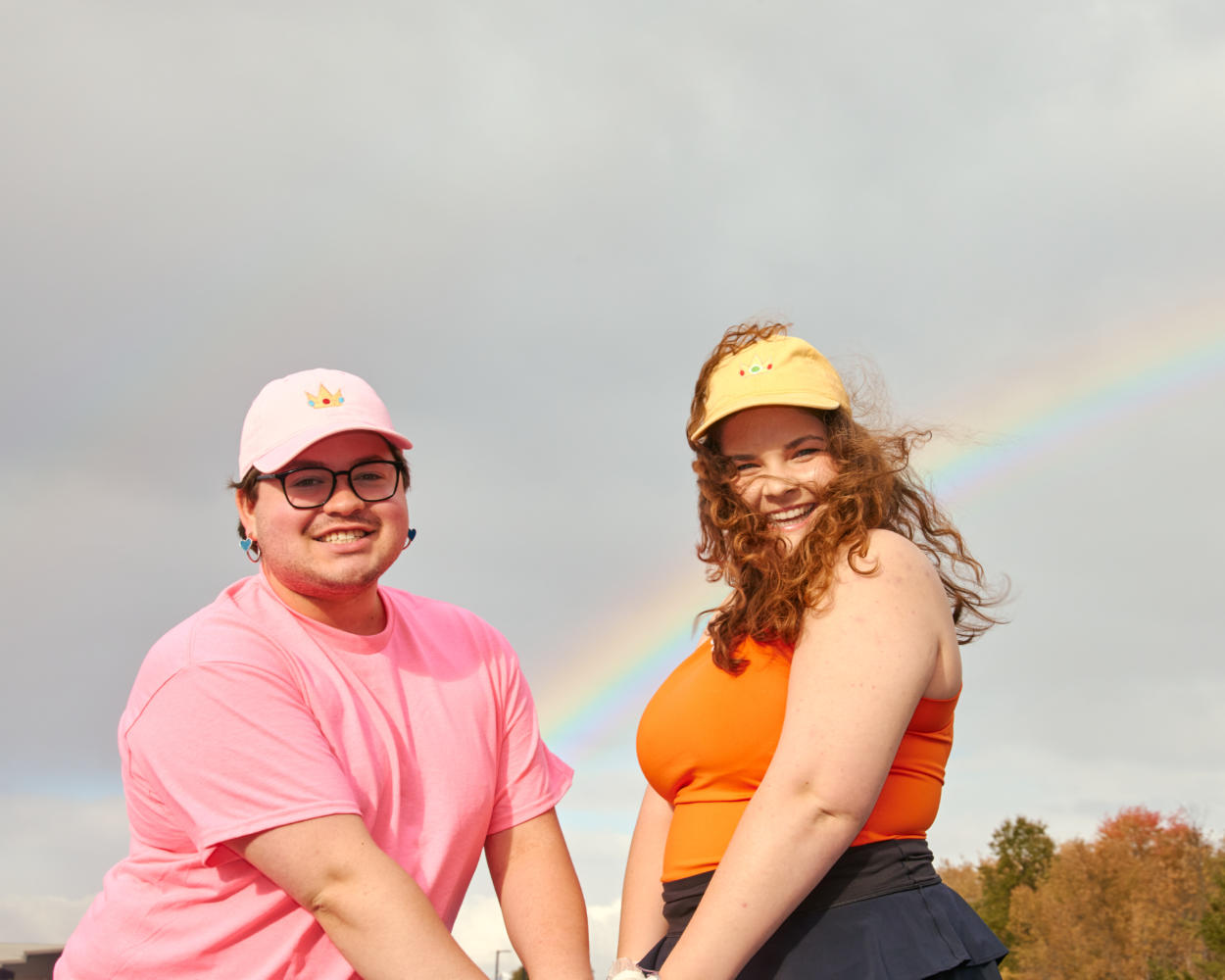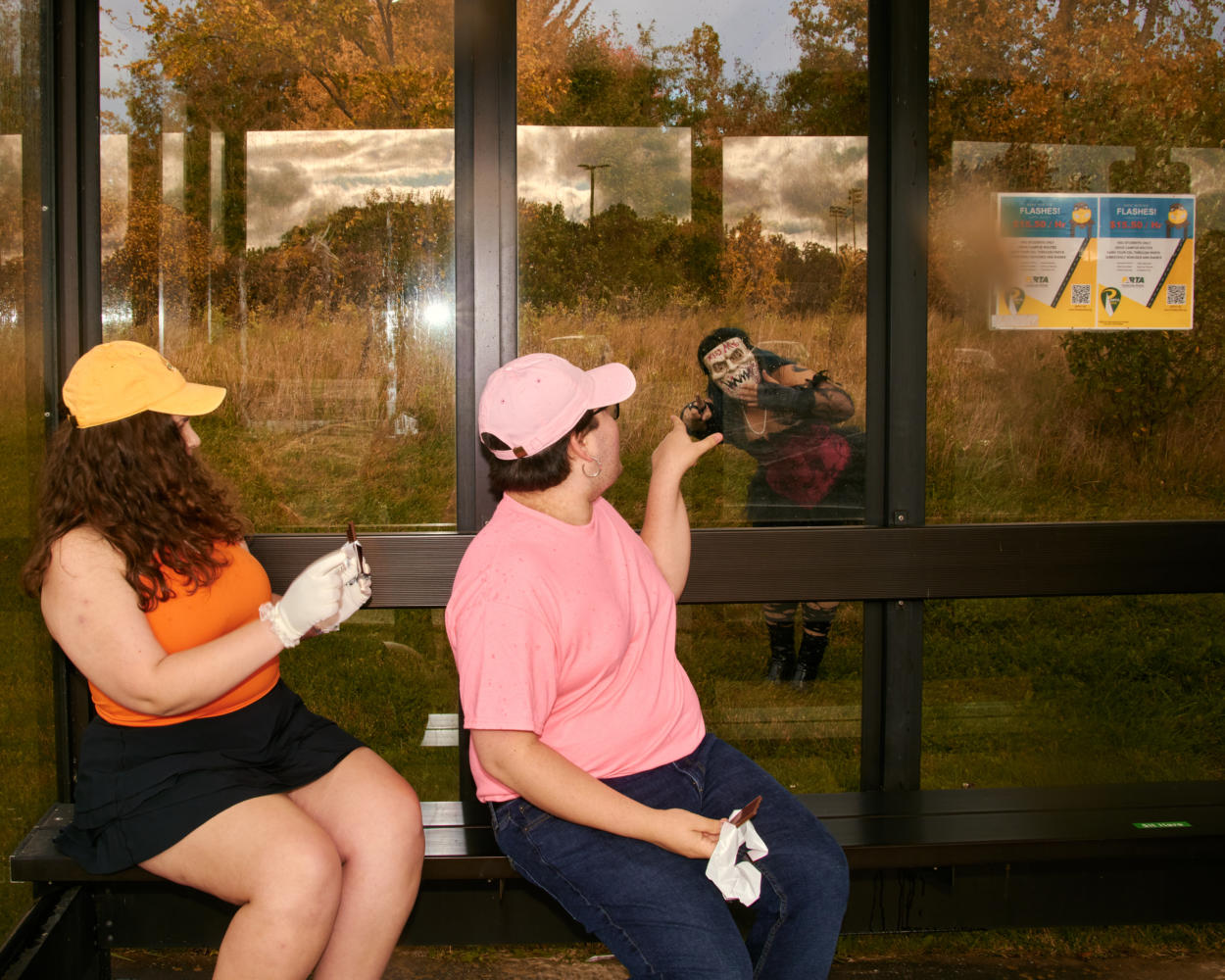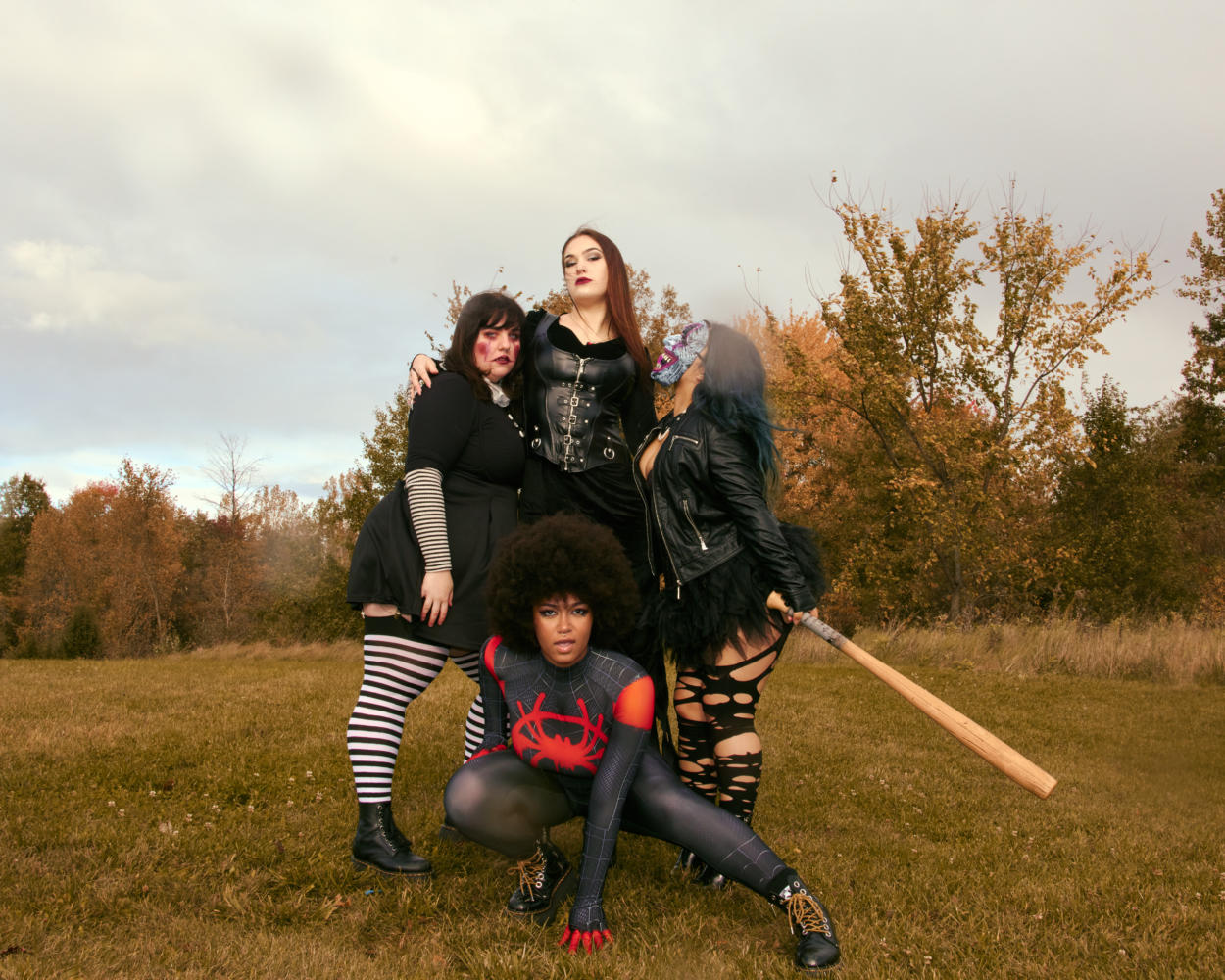If you ask a queer person what their favorite holiday is, there is a good chance that their answer will be Halloween. In fact, it has become somewhat of a joke within the LGBTQ community; queer people love Halloween. Halloween seems to hold a special place in the communities’ hearts.
Most people think of Halloween as a holiday for children. While this still holds true, the tradition has expanded beyond trick-or-treating to include more adult-friendly activities. In fact, 76% of adults today participate in Halloween activities, with young adults leading the demographic.
Young queer people were not shy to embrace this tradition. They happily participate in various Halloween activities, including watching scary movies, decorating their residences and constructing elaborate costumes to attend spooky parties and events.
What is it about Halloween that feels so comforting? Why is it that queer people are so drawn to these fantastical traditions?
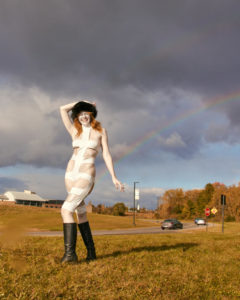 Halloween has historically embraced people that are not considered full members of society, as it is heavily rooted in identity and transgression. Given the current climate for the LGBTQ community, many members see Halloween as a safe space.
Halloween has historically embraced people that are not considered full members of society, as it is heavily rooted in identity and transgression. Given the current climate for the LGBTQ community, many members see Halloween as a safe space.
“I think the more I feel comfortable within myself and my sexuality, the more I feel I can play and express myself through Halloween traditions,” Kaylee Hunt, a fifth year Public Communication major, said.
Queer people also use Halloween to experiment with their appearance. On a day where it is acceptable to dress in any style, members of the LGBTQ community seize the opportunity to express themselves. “My queerness allows me to play with the gender and sexuality expressions of costumes.” Hunt said.
“My favorite aspect of Halloween is seeing how creative everyone can be,” Hunt said. “I love to see how people’s minds work, and how who and what they decide to dress as expresses a part of their identity.”
In addition to being connected to identities, Halloween also has a connection to evil. The origin of Halloween can be traced back to the Celtic festival of Samhain. This festival was used to celebrate the Autumn harvest. It was also a period of time where spirits were believed to walk the Earth, which is also where the tradition of wearing costumes comes from. The Celtic people believed that wearing disguises would ward off ghosts.
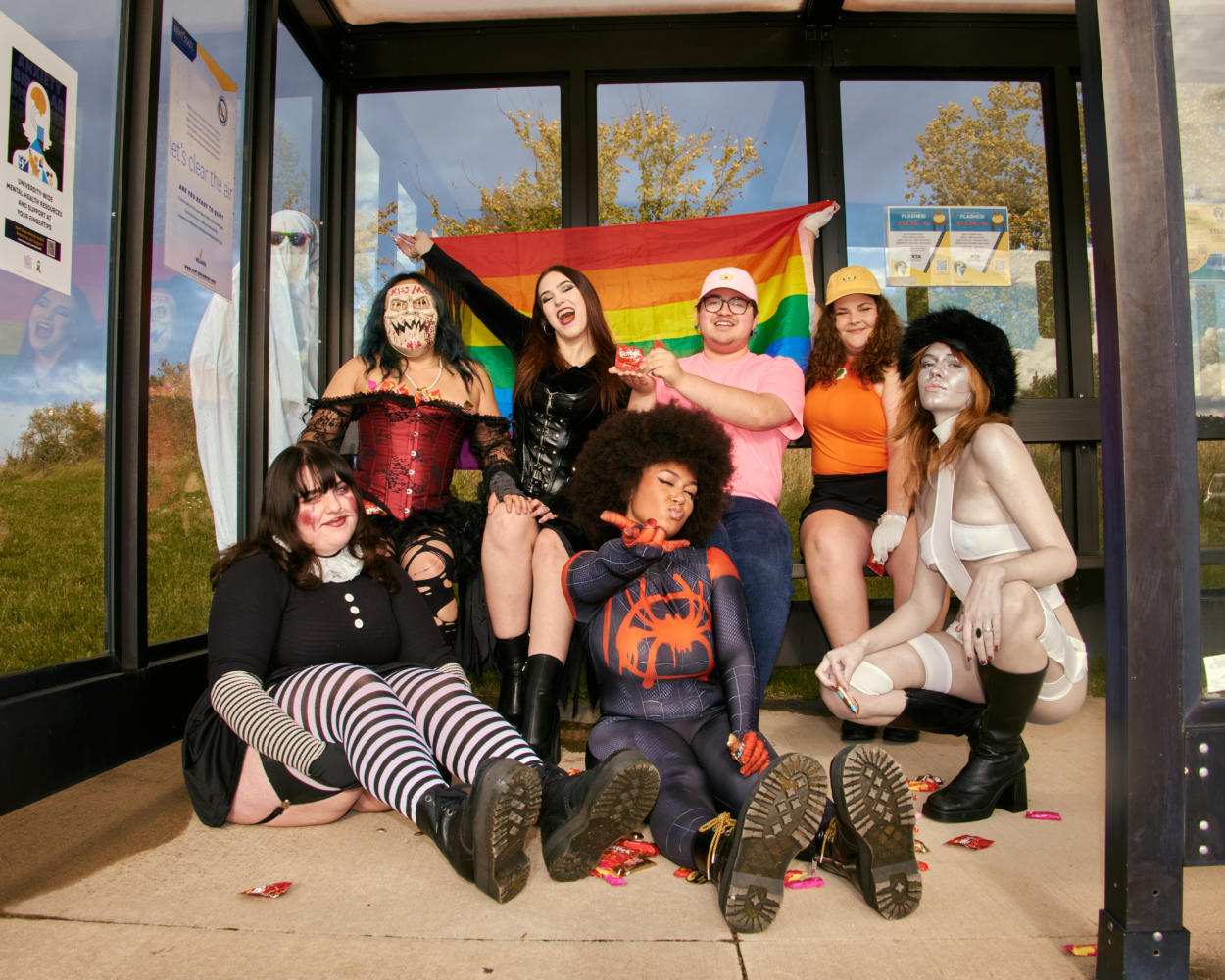
The concept of the dead roaming Earth during this time of year is actually a common belief. The celebrations of Dia De Los Muertos and All Souls Day reference the afterlife crossing over to the living plane as well!
Today, Halloween’s association with evil has expanded to include antagonists from popular slasher films, as well as villains from a variety of different media. Many villains, especially in children’s movies, are queer-coded.
“In every childhood movie, I have always felt more connected to the misunderstood, bad ass, queer coded villains,” Hunt said. “They did not fit the traditional mold of heteronormativity, and their self expression allowed me to be in touch with my own.”

